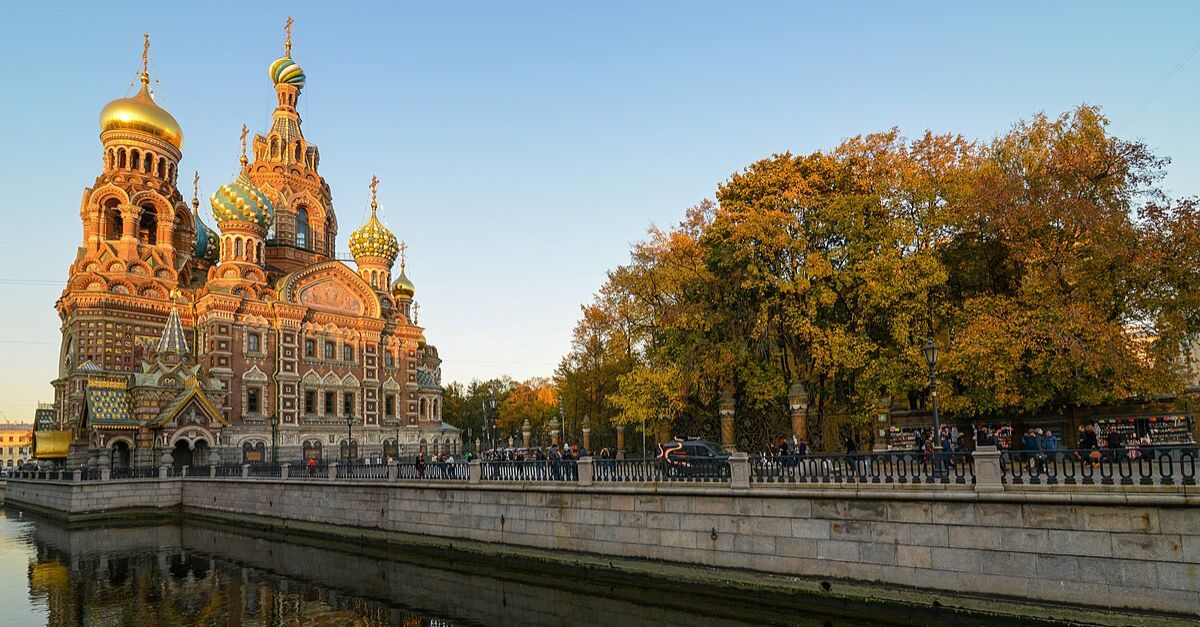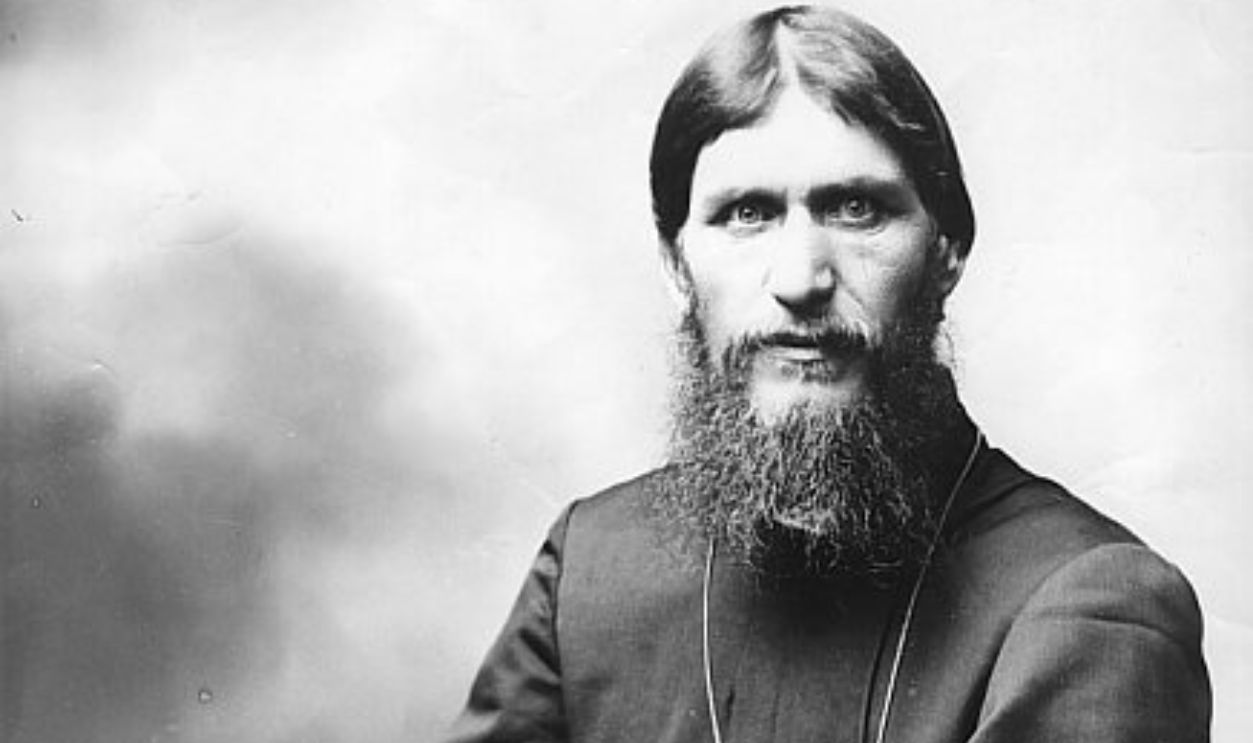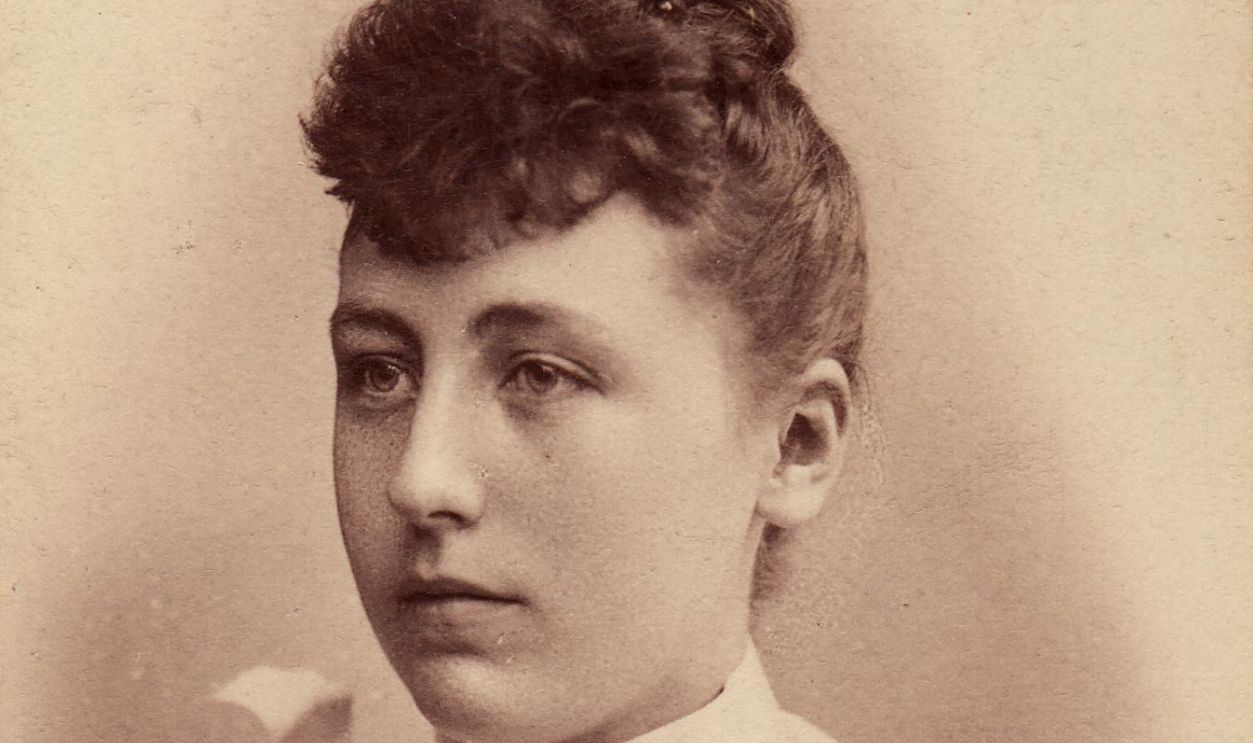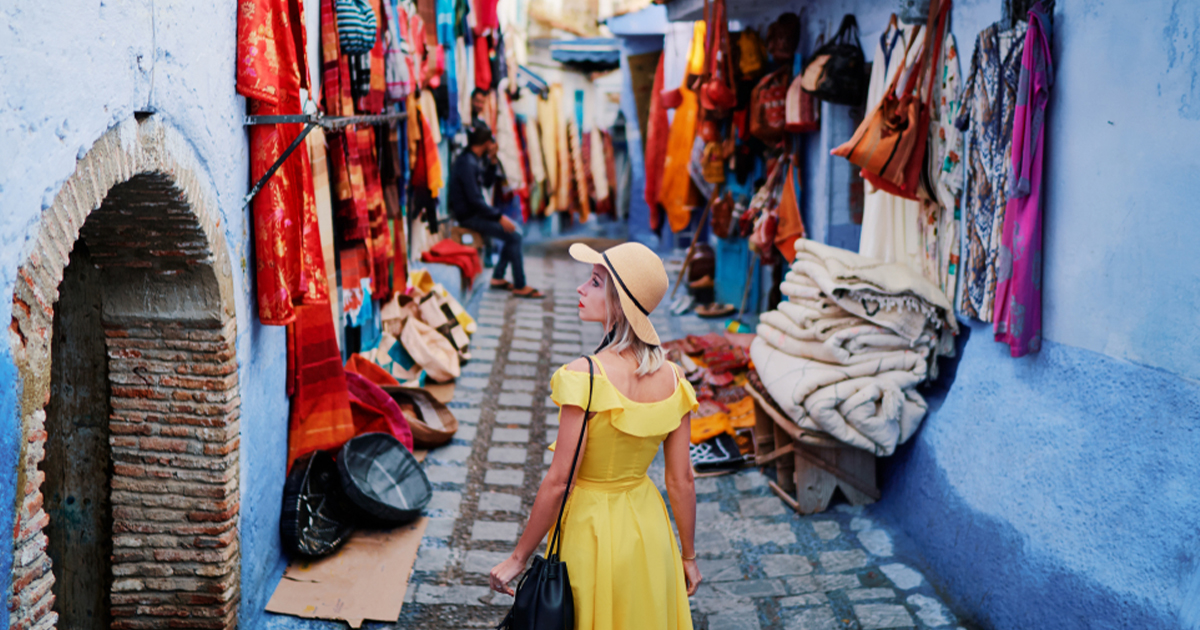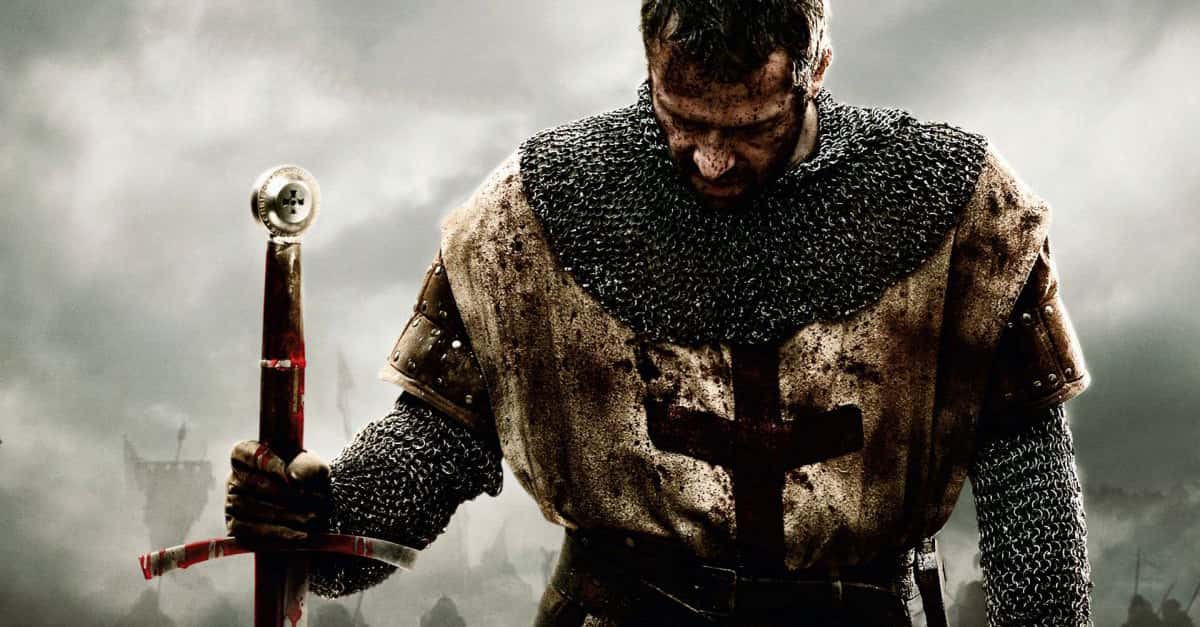The Rise And Fall Of The Romanovs
If you went down a Romanov Dynasty rabbit hole after watching Anastasia, you're not alone. Everyone knows a lot about Nicholas II and the fall of the dynasty, but let's find out what came before it—better yet, how it all began.
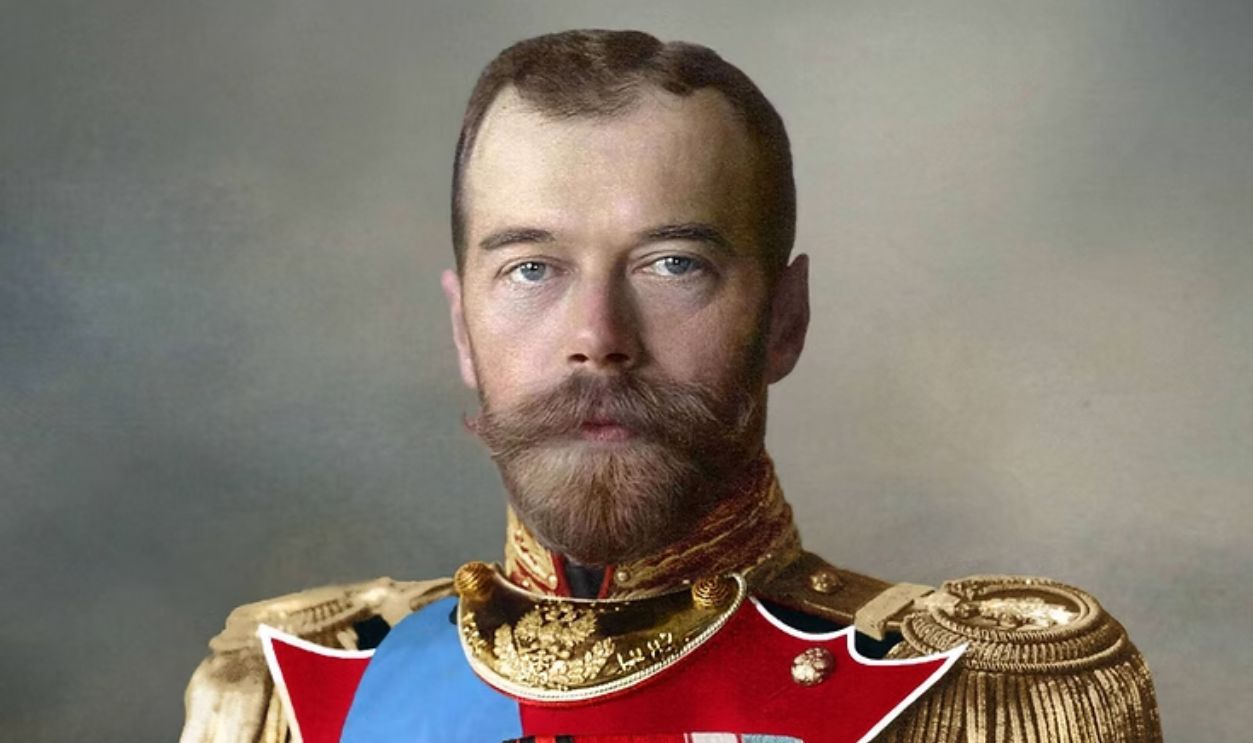
Ivan The Terrible's Legacy
Czar Ivan IV, or (as most know him) Ivan the Terrible, was the first ruler to use the title "Tsar" in Russia. He was from the Rurik Dynasty and this was back in the 1500s. Then, he married Anastasia Romanovna, who was believed to have a calming influence on his fiery temper.
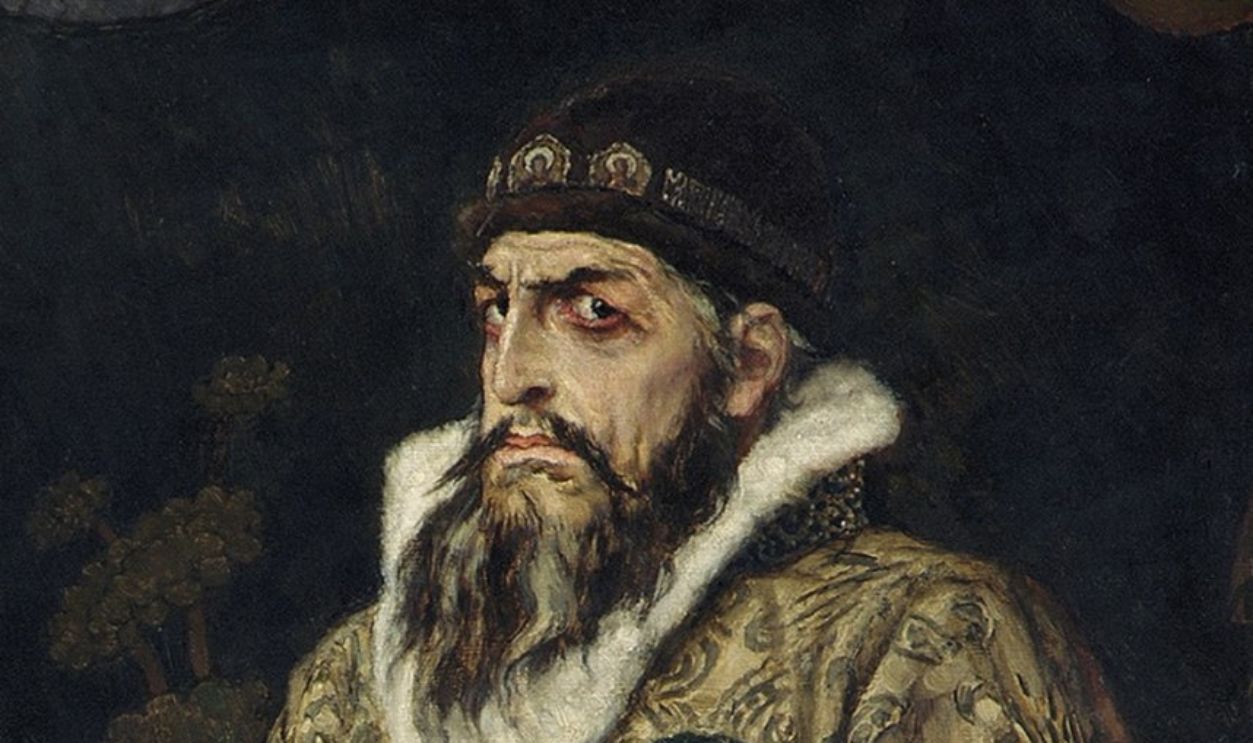 Viktor Vasnetsov, Wikimedia Commons
Viktor Vasnetsov, Wikimedia Commons
Tragic Ending And Aftermath
Sadly, she was poisoned, which further fueled Ivan's infamous rage. In a fit of anger, Ivan the Terrible killed his own son and heir. This act, paired with his earlier mistreatment of his pregnant daughter-in-law, just solidified his reputation as one of history's most volatile and hated rulers.
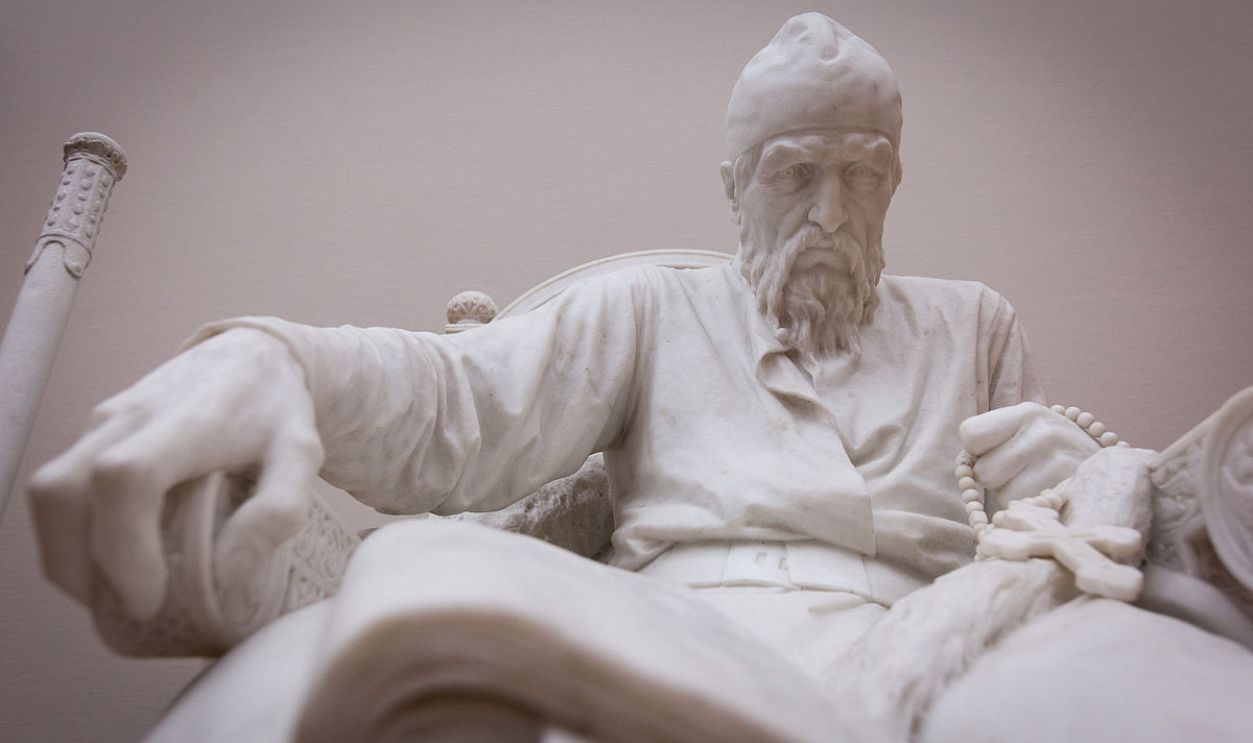 jimmyweee, CC BY 2.0, Wikimedia Commons
jimmyweee, CC BY 2.0, Wikimedia Commons
Romanovs Take The Throne
After Ivan's middle son Feodor died childless, Russia descended into the Time of Troubles (1589–1613). The period was marked by famine, foreign invasions, and more. But in 1613, a 16-year-old Michael Romanov was chosen as Russia's new tsar by a national assembly. This was the start of the Romanov dynasty's 300-year reign.
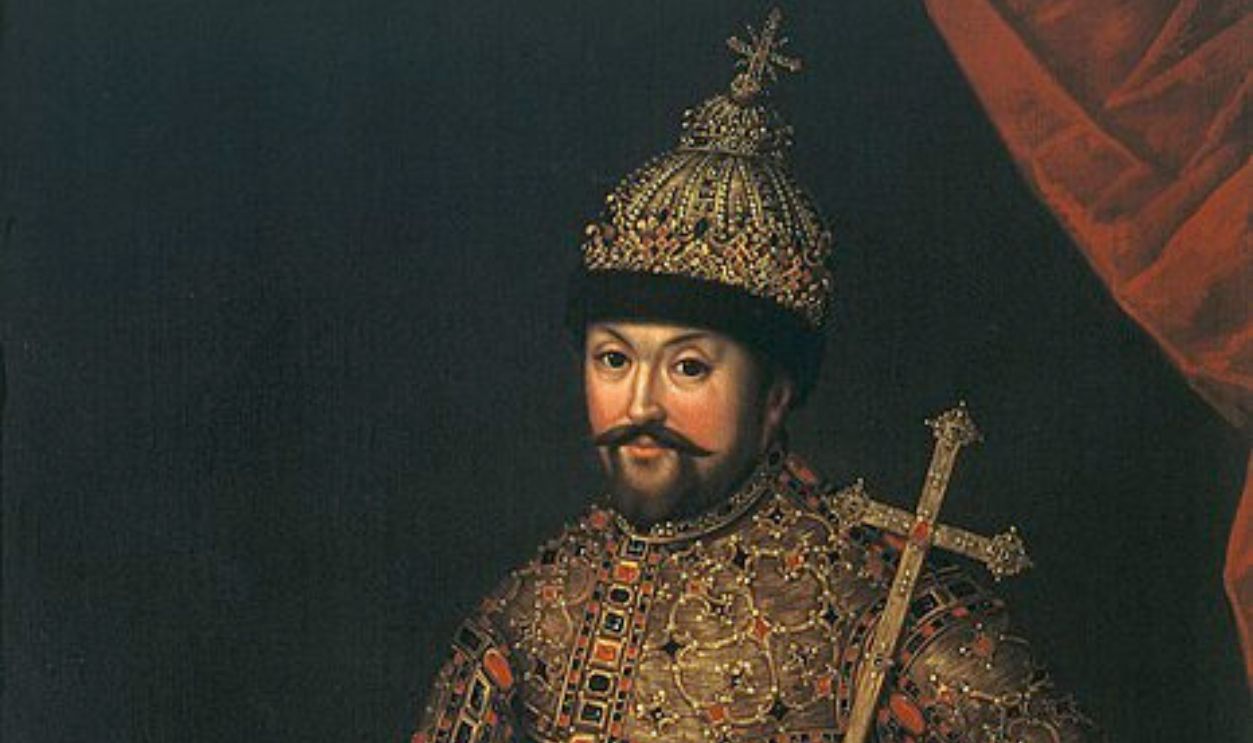 Johann Heinrich Wedekind, Wikimedia Commons
Johann Heinrich Wedekind, Wikimedia Commons
The National Assembly's Role
The zemsky sobor, or national assembly, played a critical role in Russia's Tsardom. It was an active parliament, especially in the 16th and 17th centuries. This advisory body was made up of clergy, nobles, landowning classes, the duma, and commoners.
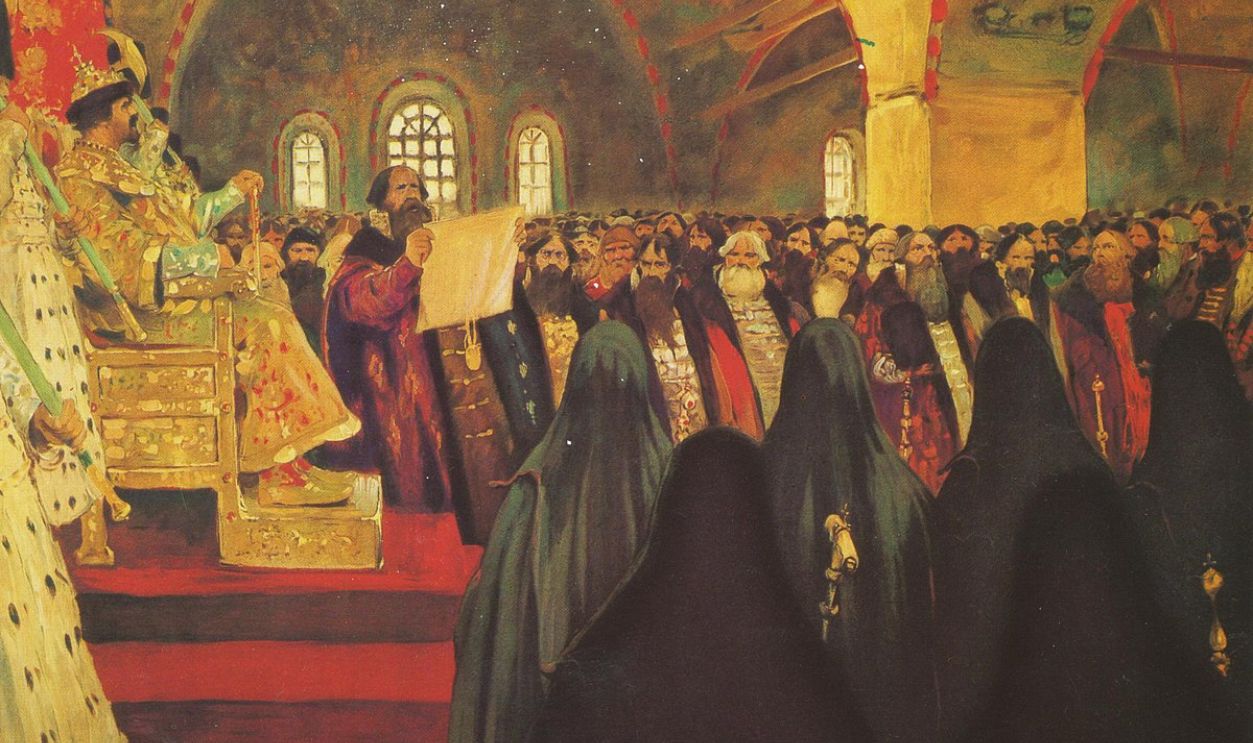 Sergey Ivanov, Wikimedia Commons
Sergey Ivanov, Wikimedia Commons
The Dual Rule Of Ivan V And Peter I
In 1682, a power struggle led to a unique arrangement: half-brothers Ivan V and Peter I co-ruled. This was the first and last time something like this happened. And well, while Ivan V was the nominal ruler, Peter quickly sidelined him and became the true power behind the throne.
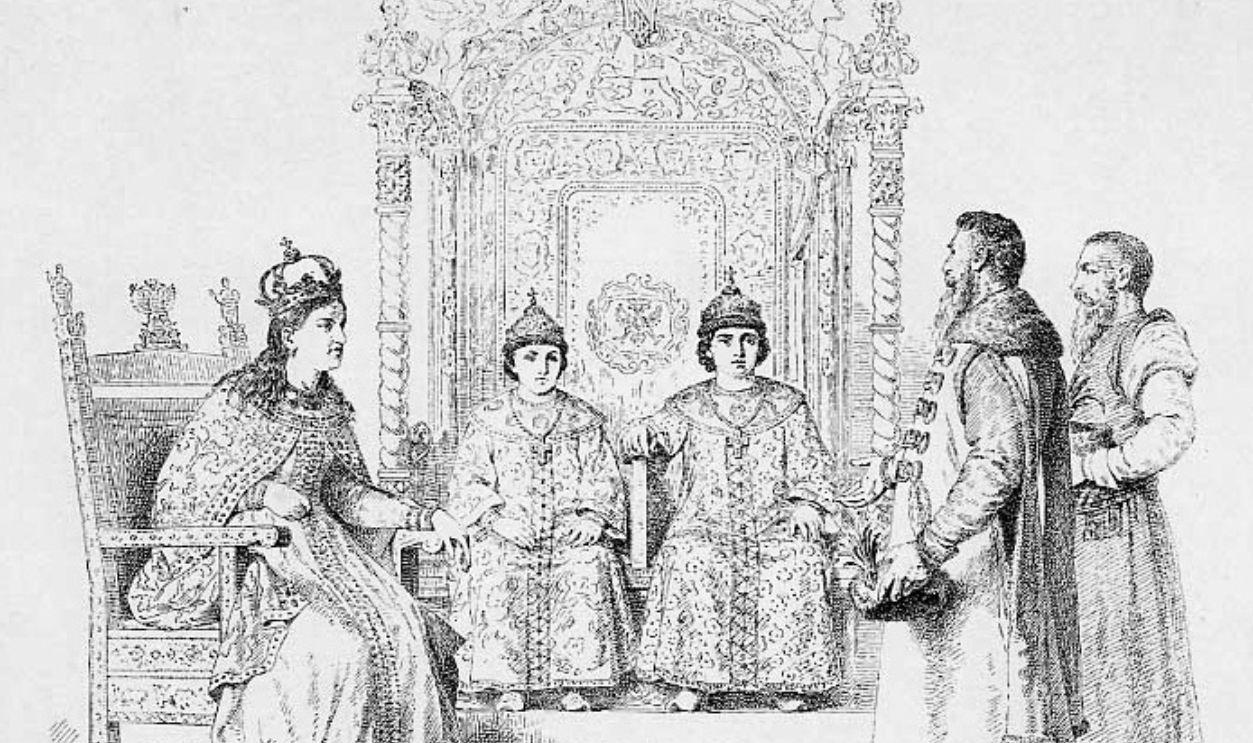 Vasily Vereshchagin, Wikimedia Commons
Vasily Vereshchagin, Wikimedia Commons
Peter The Great's Bold Reforms
Peter the Great transformed Russia into a European power. From adopting Western technology and empowering compulsory education to establishing a navy, Peter's reforms modernized Russia. His efforts to secure access to the Baltic and Black Seas allowed Russia to challenge its European rivals and expand its maritime influence.
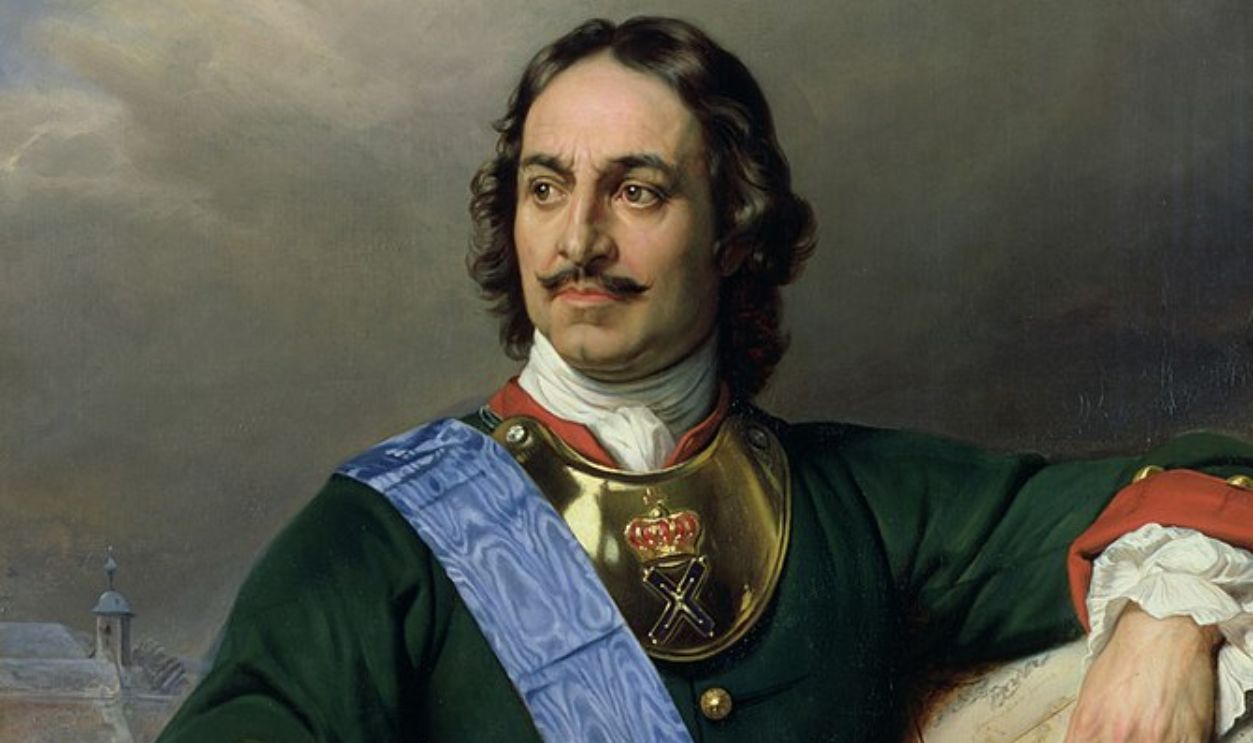 Paul Delaroche, Wikimedia Commons
Paul Delaroche, Wikimedia Commons
Construction Of St. Petersburg
Peter the Great built St. Petersburg as Russia's new capital, calling it his "window to the West". Built on the conquered island of Zayachy, the city became a symbol of Russia's modernization. Its grand architecture was inspired by European styles.
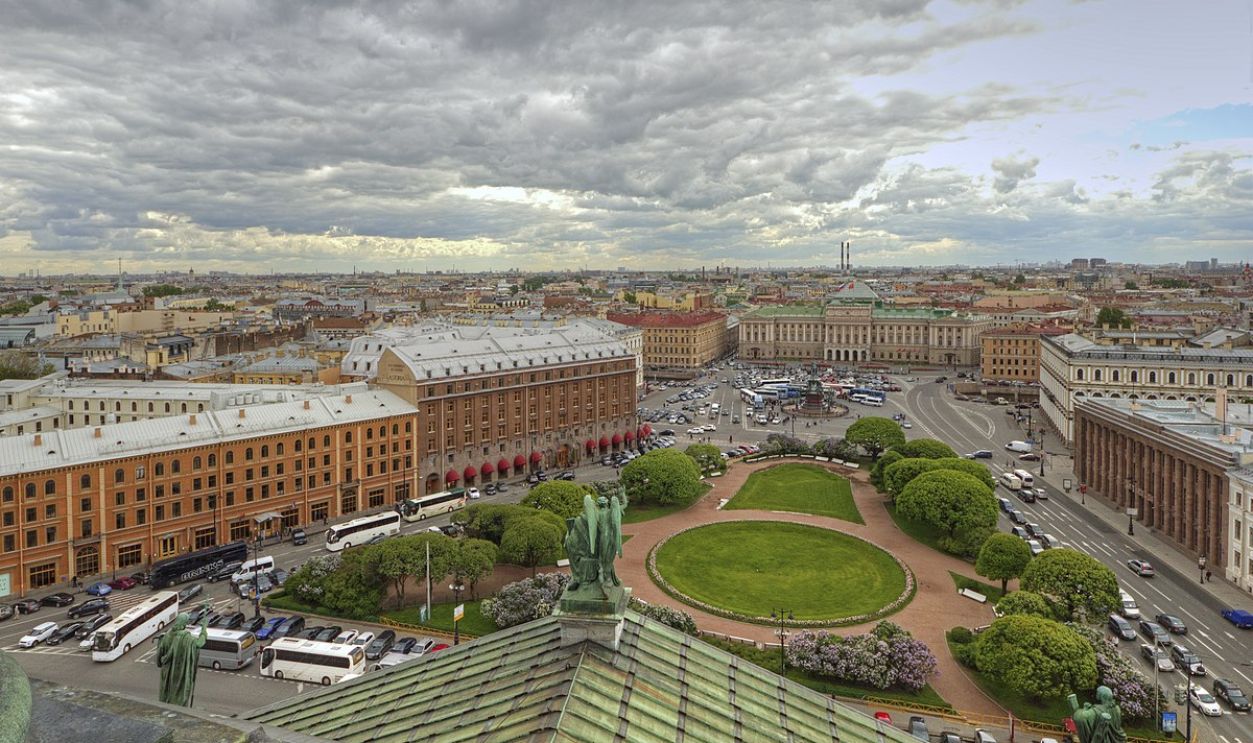 A.Savin, CC BY-SA 3.0, Wikimedia Commons
A.Savin, CC BY-SA 3.0, Wikimedia Commons
Elizabeth's Expansion
Peter the Great's daughter, Elizabeth, ruled from 1741 to 1761 and expanded Russia's empire into Asia. As a child, Elizabeth was brilliant. And when we took the reins, Russia saw significant cultural and territorial growth. During her 20 years of rule, she did not execute a single person.
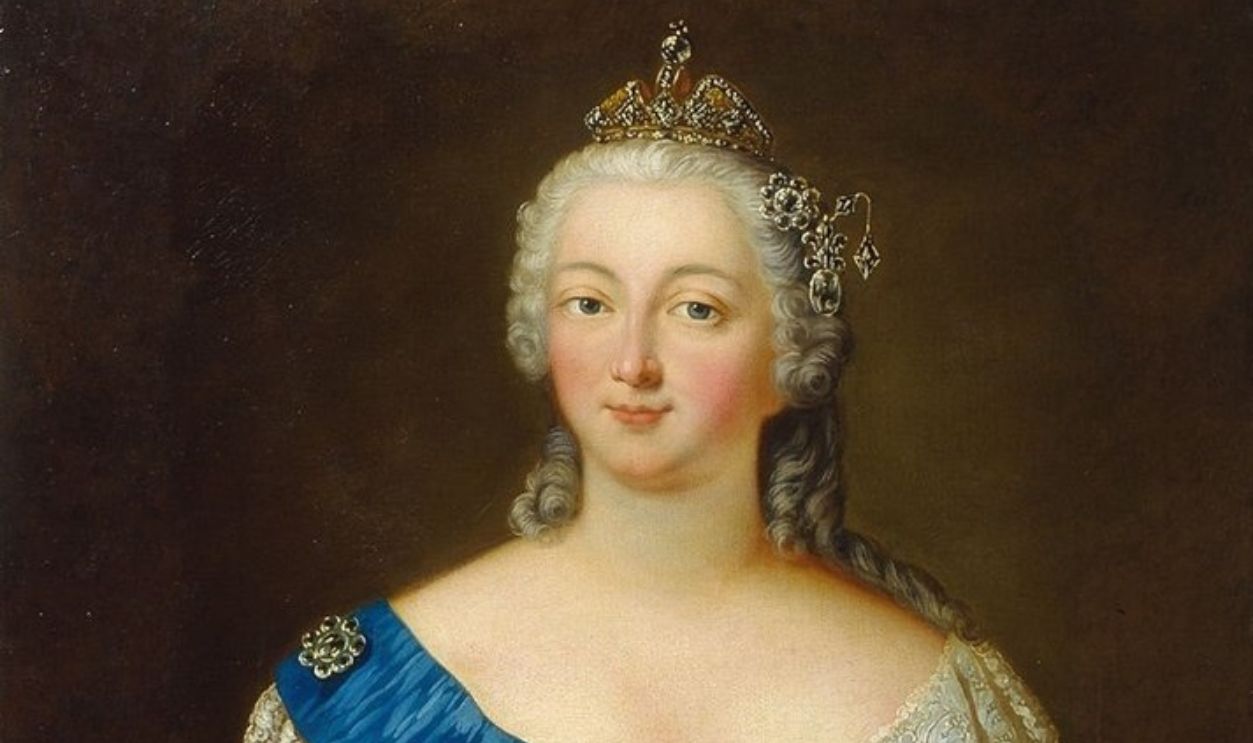 Unknown Author, Wikimedia Commons
Unknown Author, Wikimedia Commons
The Short Reign Of Peter III
Peter III's time on the throne in 1762 was brief and tumultuous. His wife, Catherine the Great, along with the ministers, the army, and support of the enlightened aristocratic society staged a coup against him. Peter III abdicated the throne and a few days later, he was taken out. Catherine was then crowned the Tsarina in Moscow.
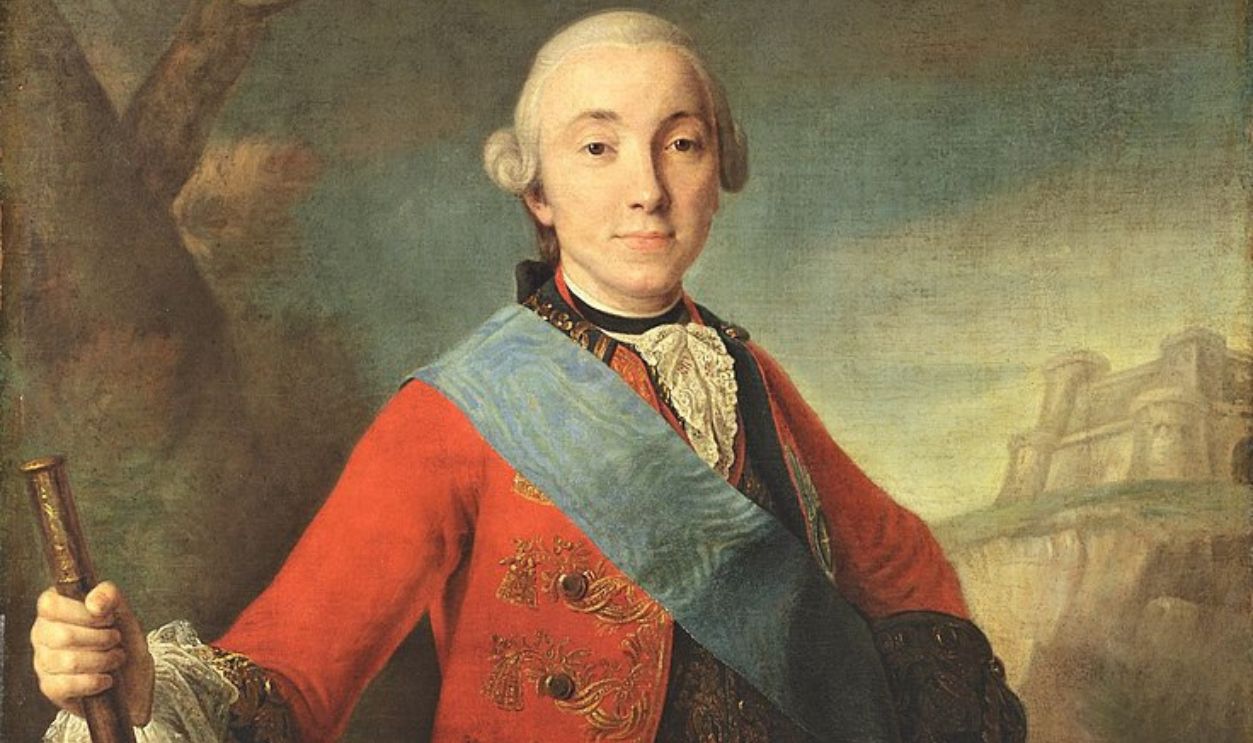 Fyodor Rokotov, Wikimedia Commons
Fyodor Rokotov, Wikimedia Commons
Catherine The Great's Golden Age
From 1762 to 1796, Catherine the Great ushered in Russia's "Golden Age". She promoted the arts, built theatres and universities, founded cities like Yekaterinoslav, and expanded the empire. Catherine established the Smolny Institute of Noble Maidens, a state-supported institution for higher education. The first of its kind in all of Europe.
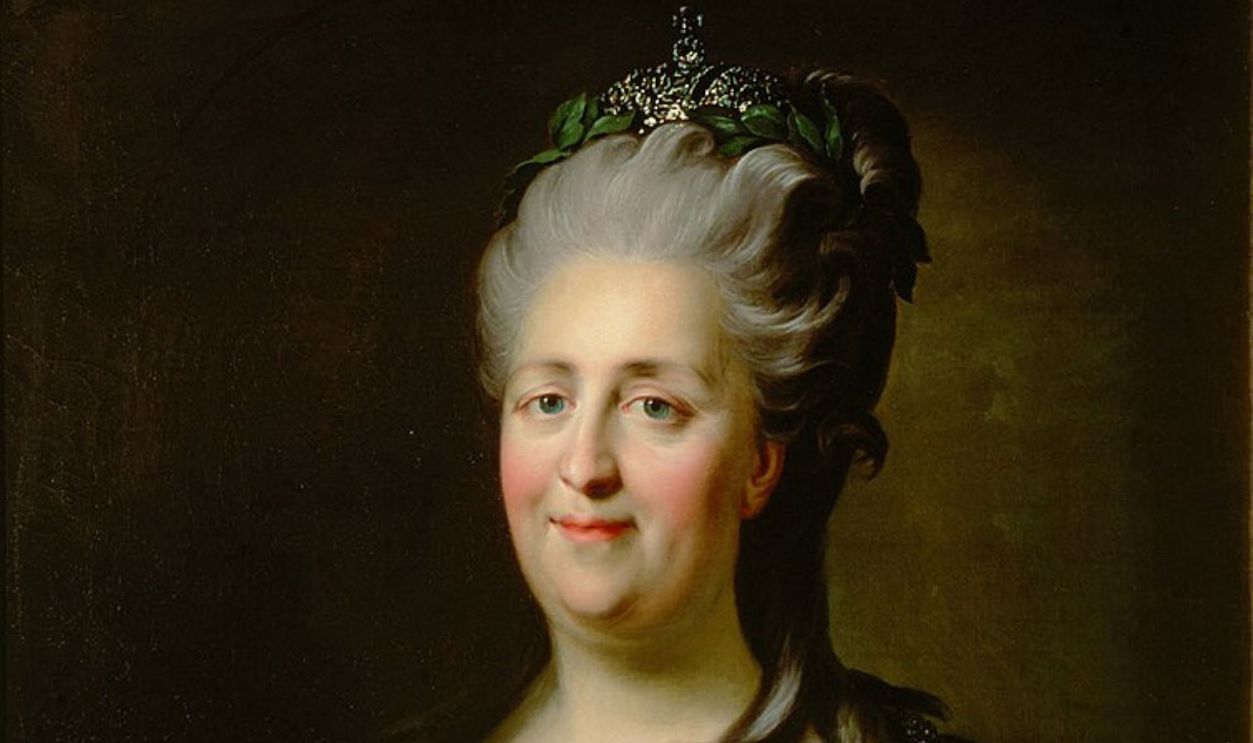 Alexander Roslin, Wikimedia Commons
Alexander Roslin, Wikimedia Commons
Catherine's Vaccine Legacy
In 1768, Catherine the Great became the first Russian ruler to champion vaccination. She valued and trusted the sciences. So, she received a smallpox vaccine herself, leading by example. She encouraged her courtiers and citizens to follow suit, and protect their youngins during the outbreak.
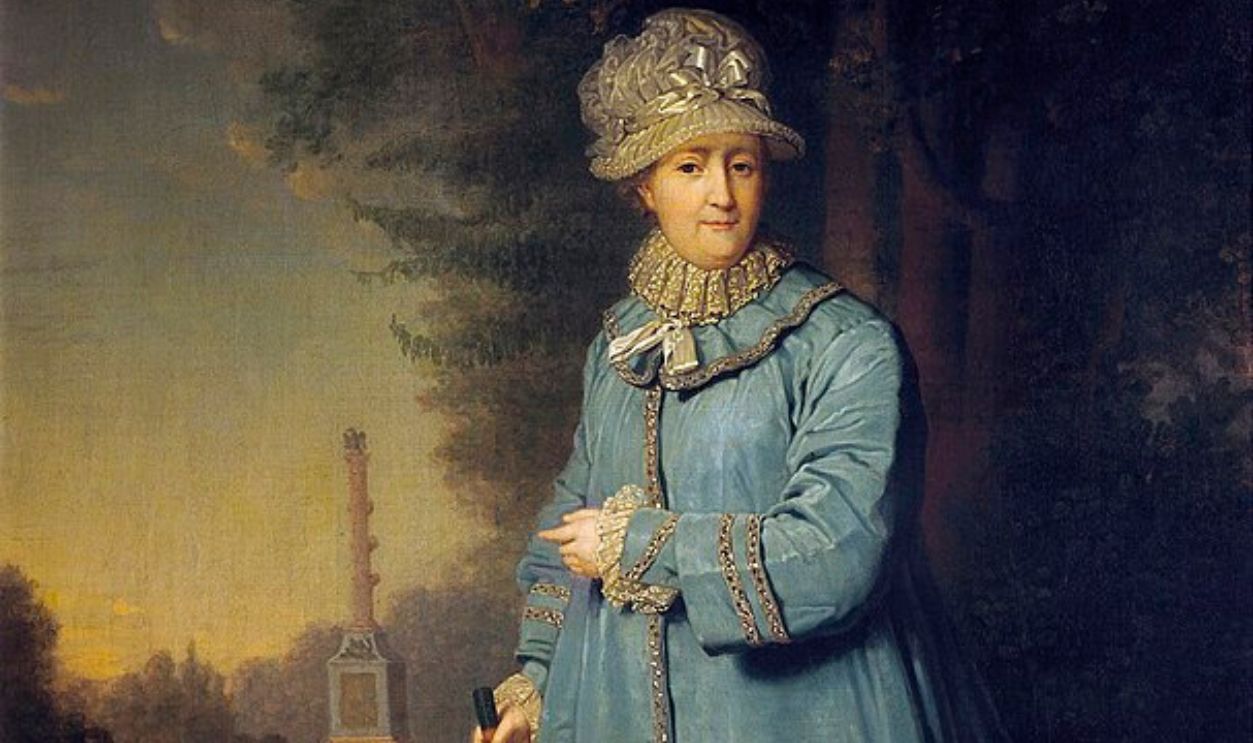 Vladimir Borovikovsky, Wikimedia Commons
Vladimir Borovikovsky, Wikimedia Commons
Alexander I Vs. Napoleon
Alexander I's leadership during the Napoleonic Wars was pivotal. In 1812, Napoleon's invasion of Russia ended in disaster, as Alexander's forces dealt a crushing attack to the French. His leadership at the Congress of Vienna in 1815 also helped reshape Europe after Napoleon's defeat.
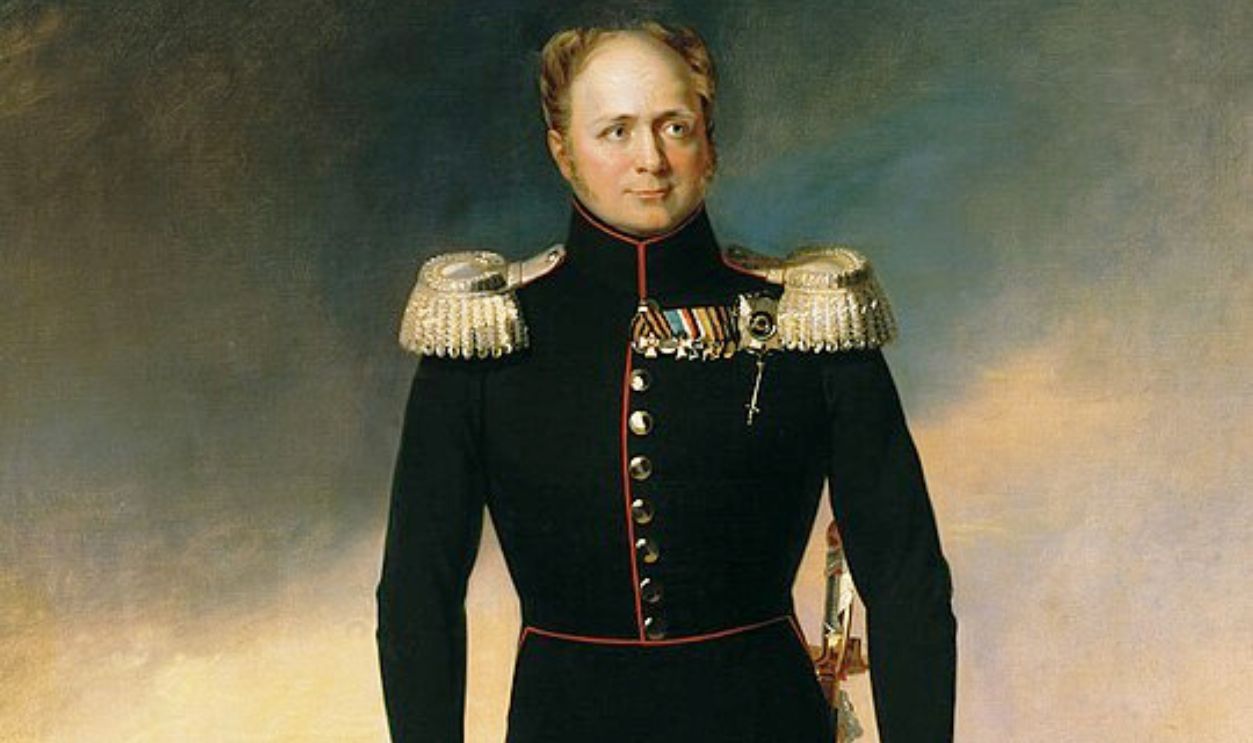 George Dawe, Wikimedia Commons
George Dawe, Wikimedia Commons
Alexander III's Railroads
You must've heard about the Trans-Siberian Railway—the longest railway line in the WORLD. Well, it was Alexander III who started and oversaw the construction of these railroads, which connected Russia's Far East with the rest of the empire. It was monumental in trade and administration across the nation.
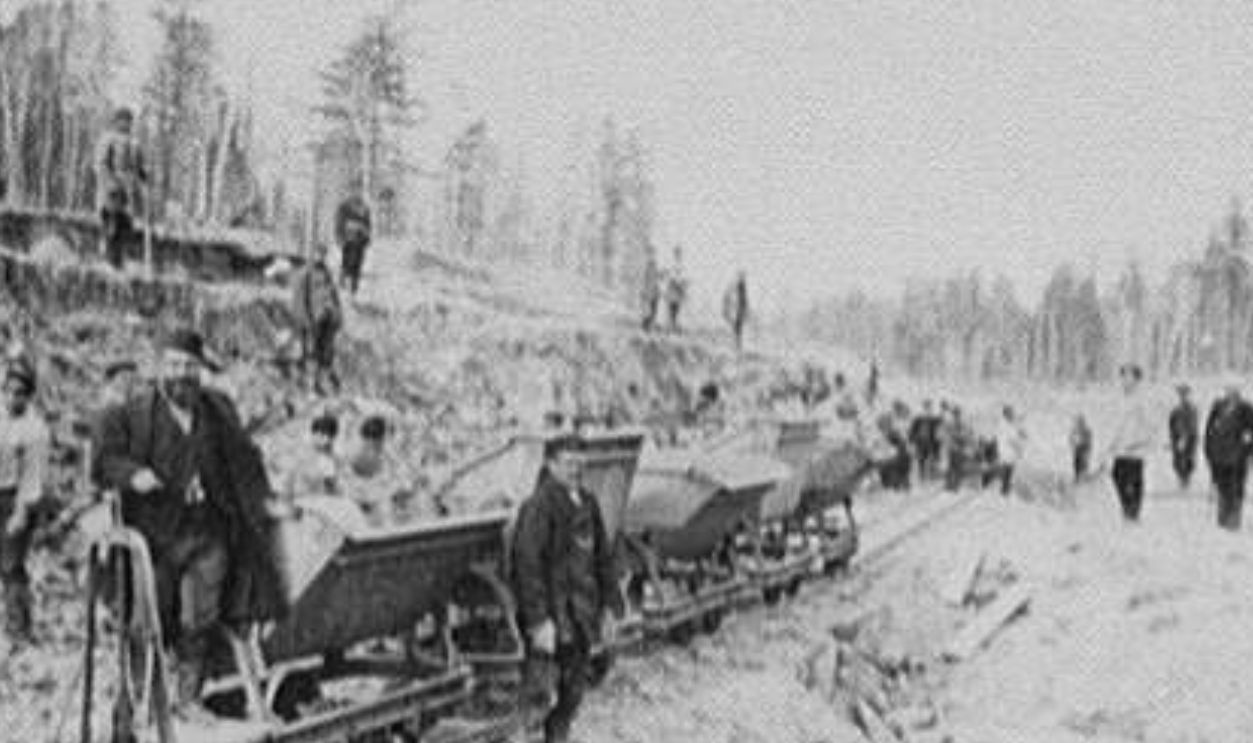 William Henry Jackson, Wikimedia Commons
William Henry Jackson, Wikimedia Commons
A Rare Royal Love Story
Alexander III and Maria Feodorovna shared a rare, happy royal marriage. Devoted to each other, they remained faithful throughout their lives. After his wedding, in his diary, Alexander wrote: "I often feel that I am not worthy of her, but even if this was true, I will do my best to be".
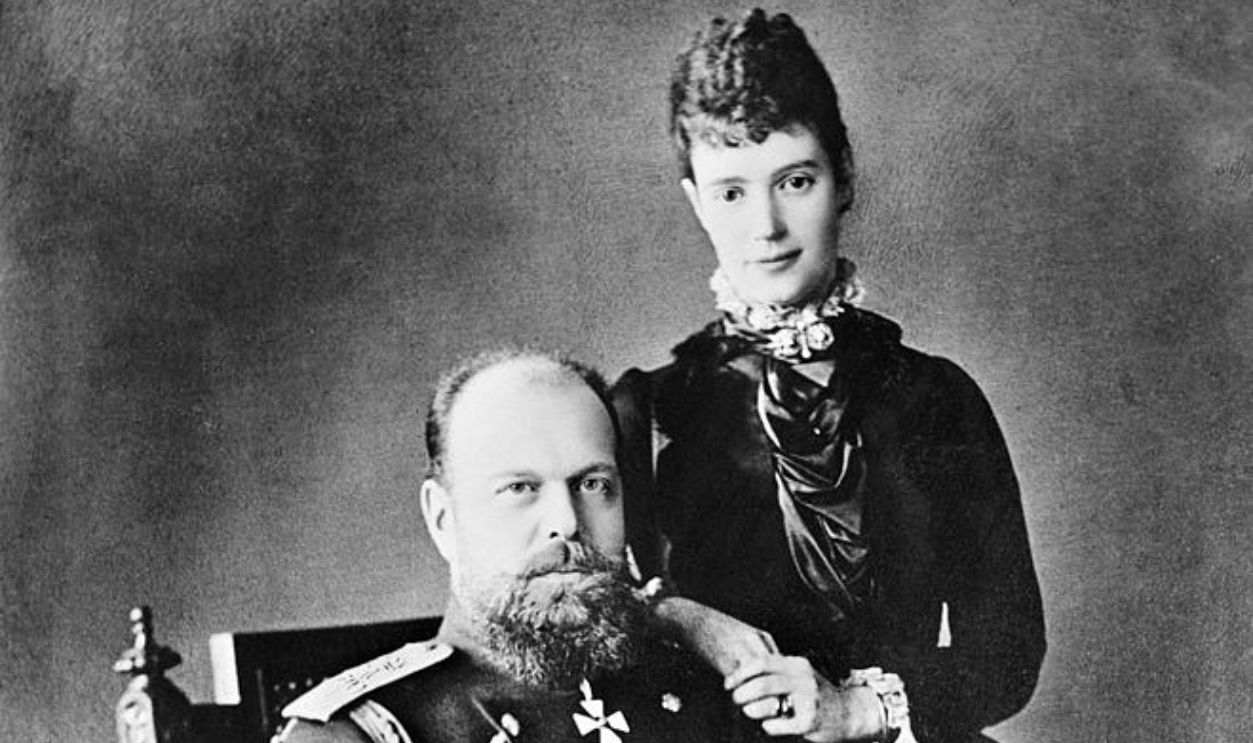 Sergey Lvovich Levitsky, Wikimedia Commons
Sergey Lvovich Levitsky, Wikimedia Commons
The Strongman Tsar
Alexander III was famously strong. He could tear decks of cards and twist silverware with his bare hands. He once bent a fork into knots before tossing it onto an ambassador's plate. When the roof collapsed during the Borki train disaster, he held it on his shoulders so that his kids could get out.
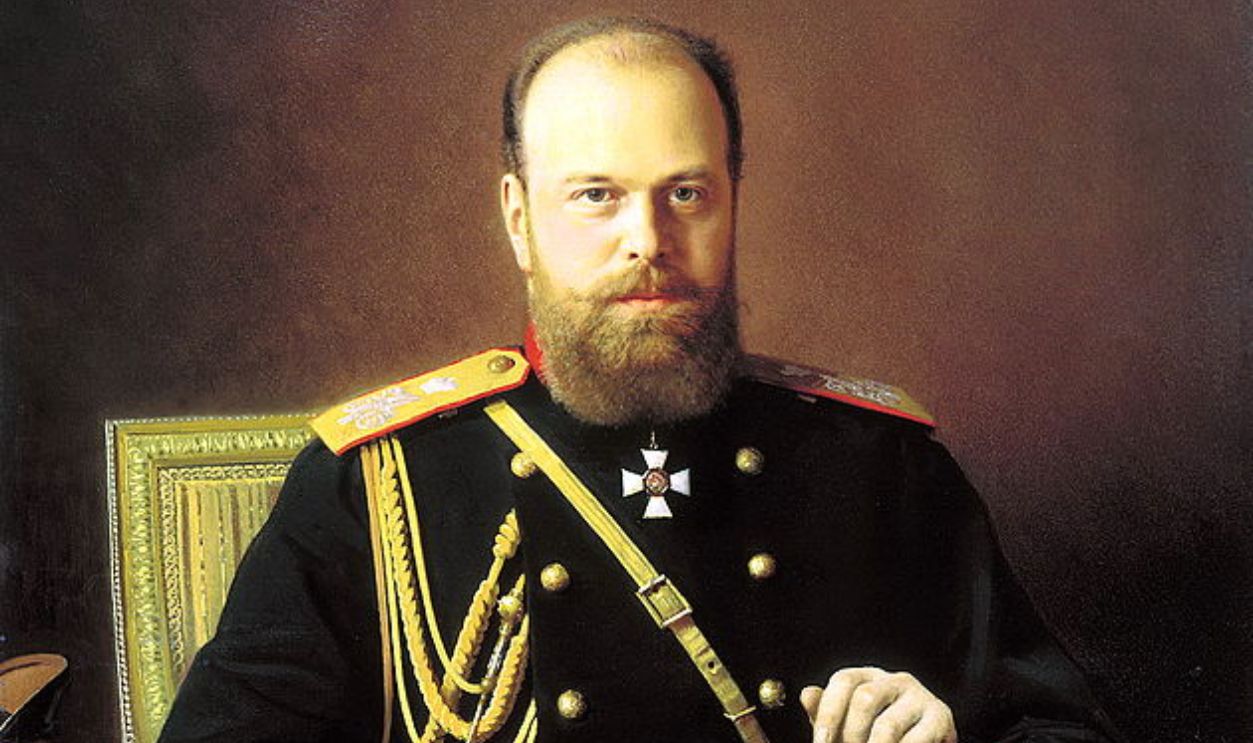 Ivan Kramskoi, Wikimedia Commons
Ivan Kramskoi, Wikimedia Commons
Nicholas II's Surprise Promotion
Nicholas II never expected to become tsar so young. When his father, Alexander III, passed due to nephritis at just 49, a 26-year-old Nicholas was thrust into power. Overwhelmed, he confessed to his cousin, "I am not prepared to be a tsar". What a heavy crown to wear.
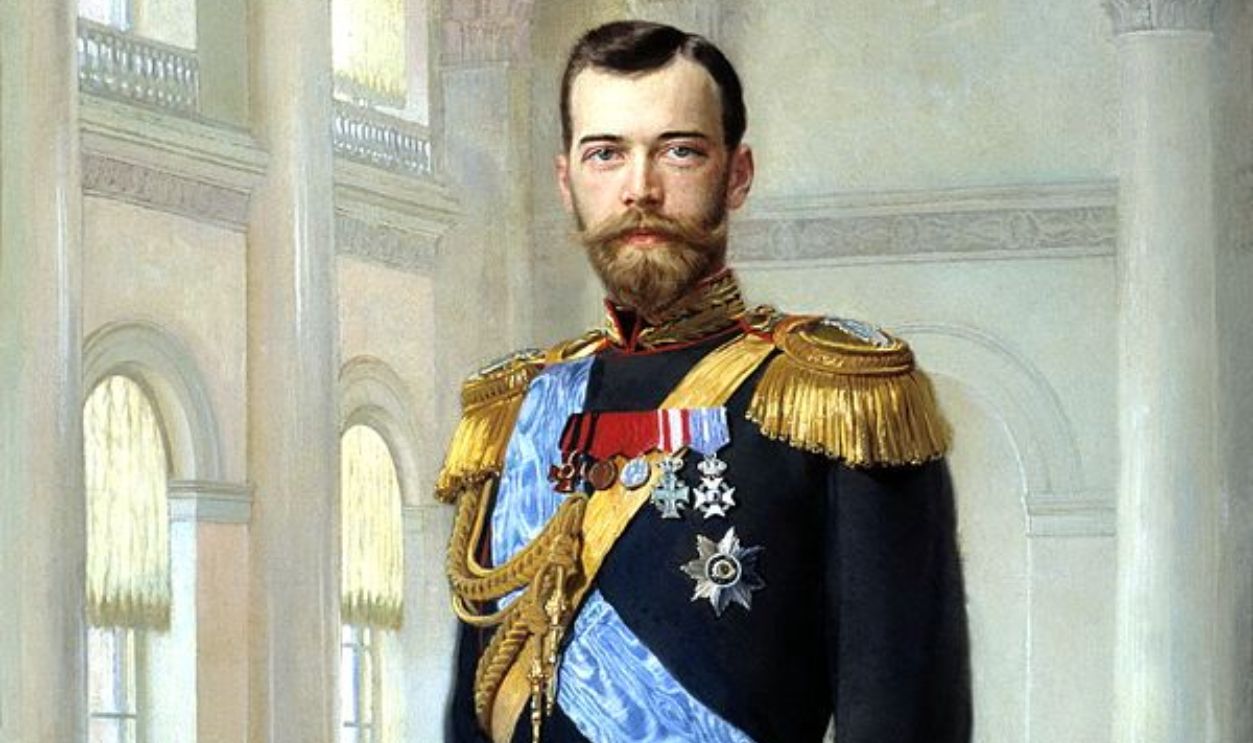 Earnest Lipgart, Wikimedia Commons
Earnest Lipgart, Wikimedia Commons
The Khodynka Tragedy
The coronation of Nicholas II on May 14, 1896, was a tragic disaster. At Moscow's Khodynka field, thousands rushed for free food and souvenirs. But word went around that there was not enough for everyone, which led to a stampede that left over 1,000 people without lives.
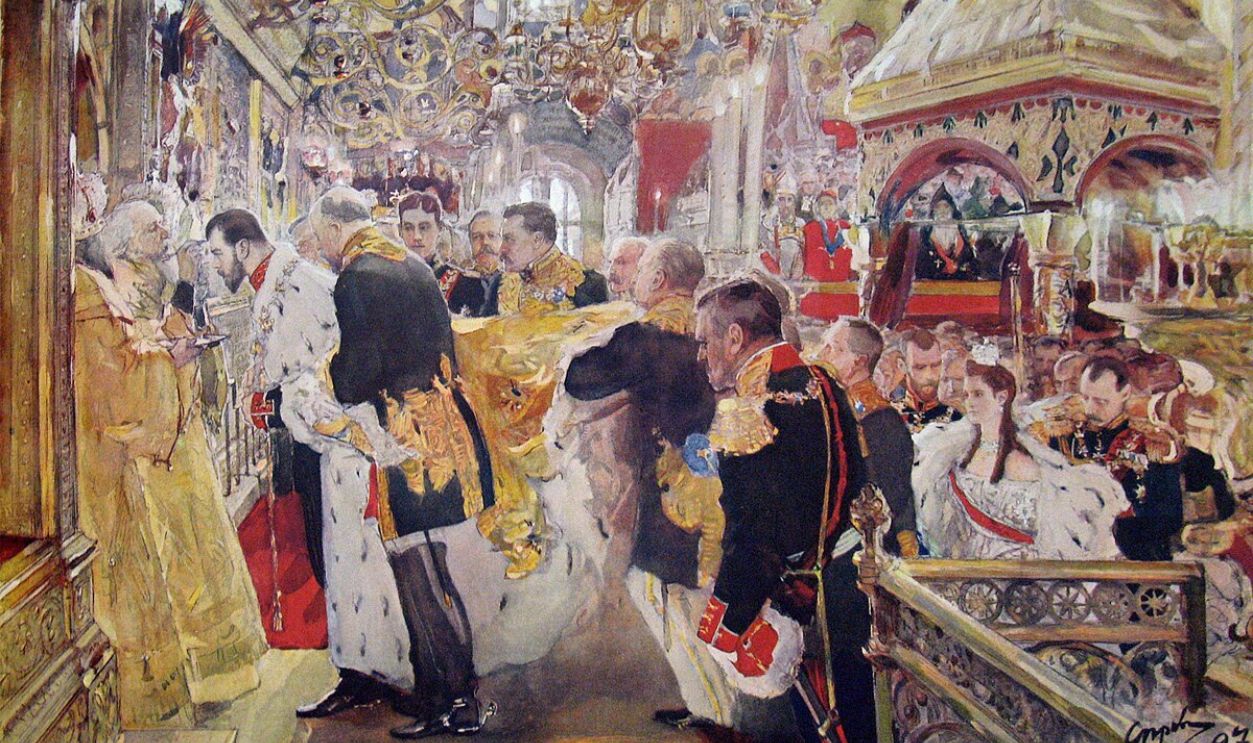 Valentin Serov, Wikimedia Commons
Valentin Serov, Wikimedia Commons
The First Hague Conference
Nicholas was not a great ruler but in 1898, he proposed the First Hague Conference, aimed at promoting global peace. In an effort ahead of its time, this established the Permanent Court of Arbitration and introduced declarations like banning asphyxiating poison gas in warfare.
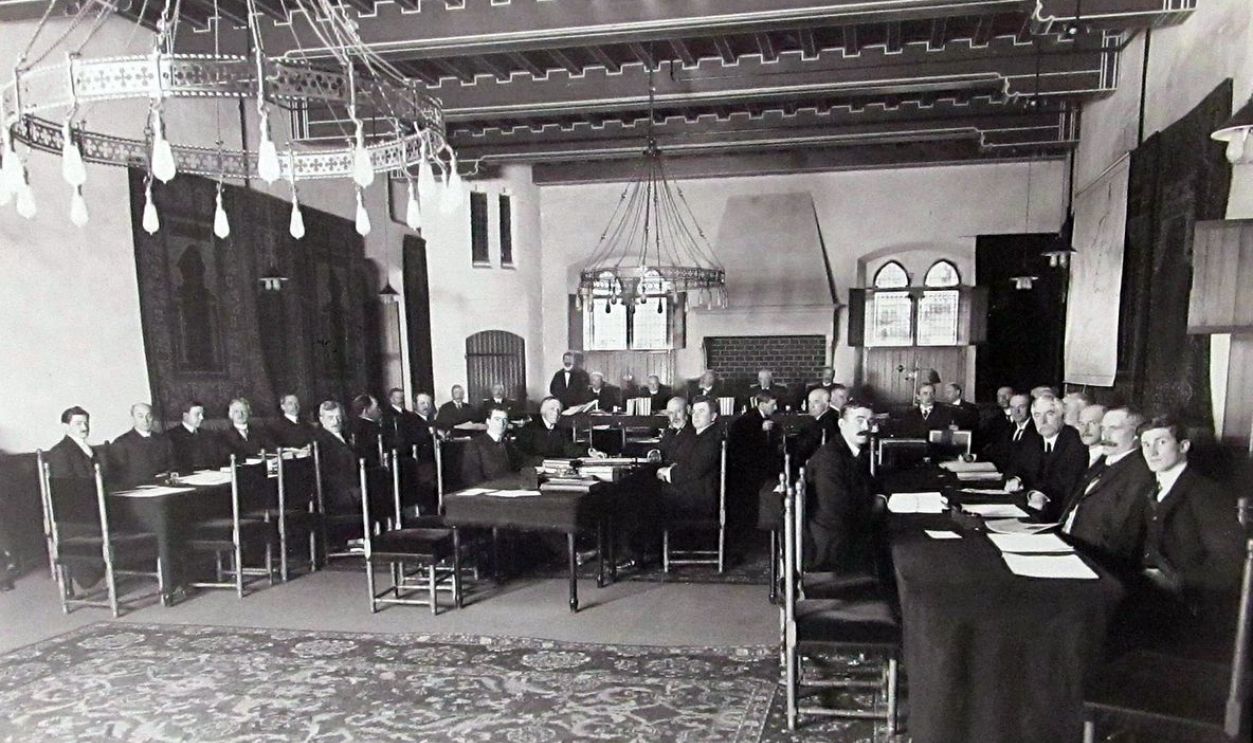 Antonie Steinmetz, CC0, Wikimedia Commons
Antonie Steinmetz, CC0, Wikimedia Commons
Anastasia's Disappointing Birth
As the fourth daughter, Anastasia's arrival dashed hopes for a male heir in the Russian court. Nicholas's sister, Grand Duchess Xenia, reportedly exclaimed, "My God! What a disappointment! A fourth girl". The real Anastasia was overshadowed by her older siblings and far from the beloved figure immortalized in movies.
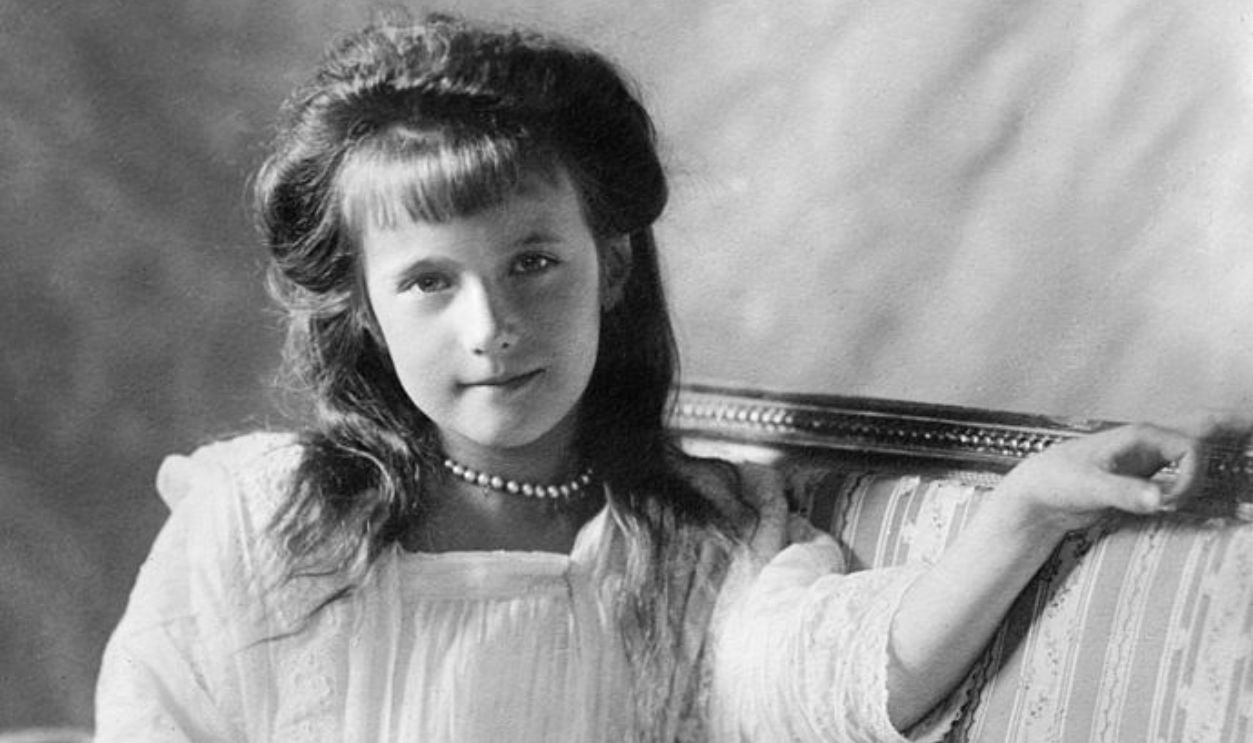 Romanov Court Photographer, Wikimedia Commons
Romanov Court Photographer, Wikimedia Commons
Romanov Women During WWI
During WWI, Tatiana and Olga trained as Red Cross nurses alongside their mother, while Anastasia and Maria visited hospitals to cheer up the wounded. Their compassionate efforts showcased a different side of the royal family.
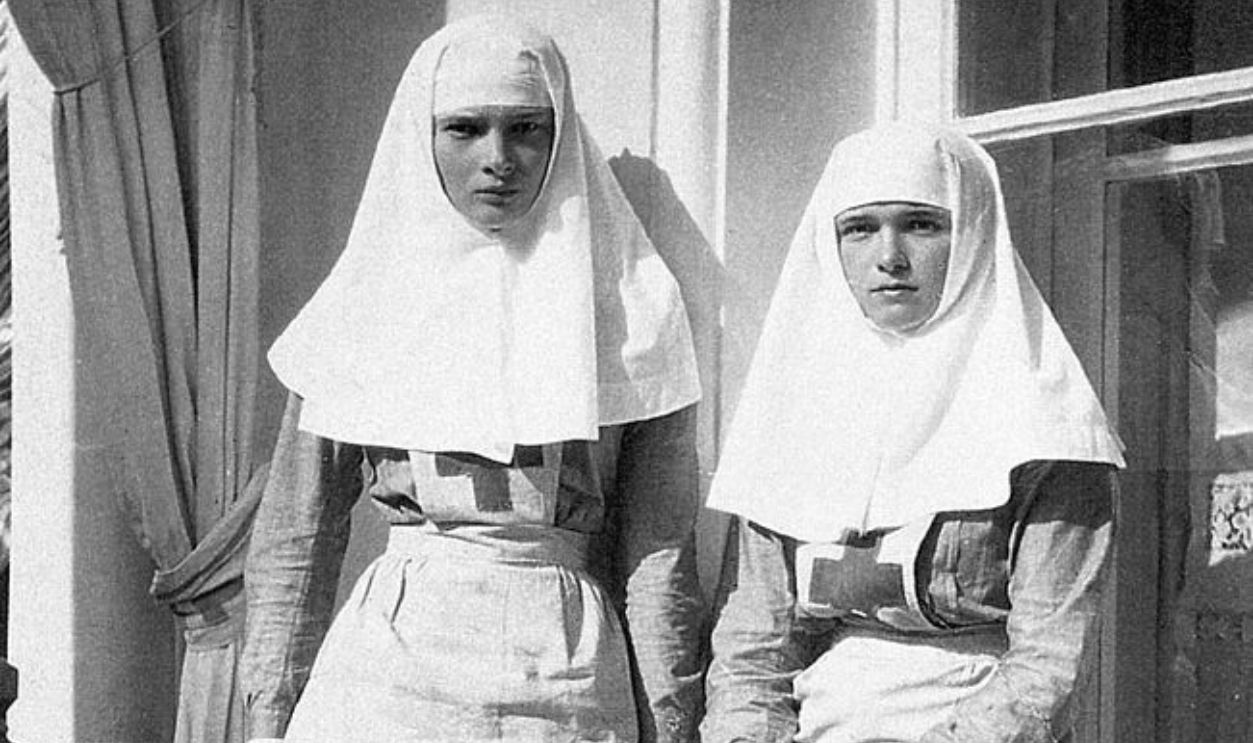 Unknown Author, Wikimedia Commons
Unknown Author, Wikimedia Commons
Hemophilia In The British Line
Tsarevitch Alexei inherited hemophilia, a genetic condition that made even minor injuries life-threatening. Passed down from his mother, Alexandra, and linked to Queen Victoria's family, this "royal disease" appeared in several European royal households. His fragile health dominated family decisions. And guess who entered the scene…
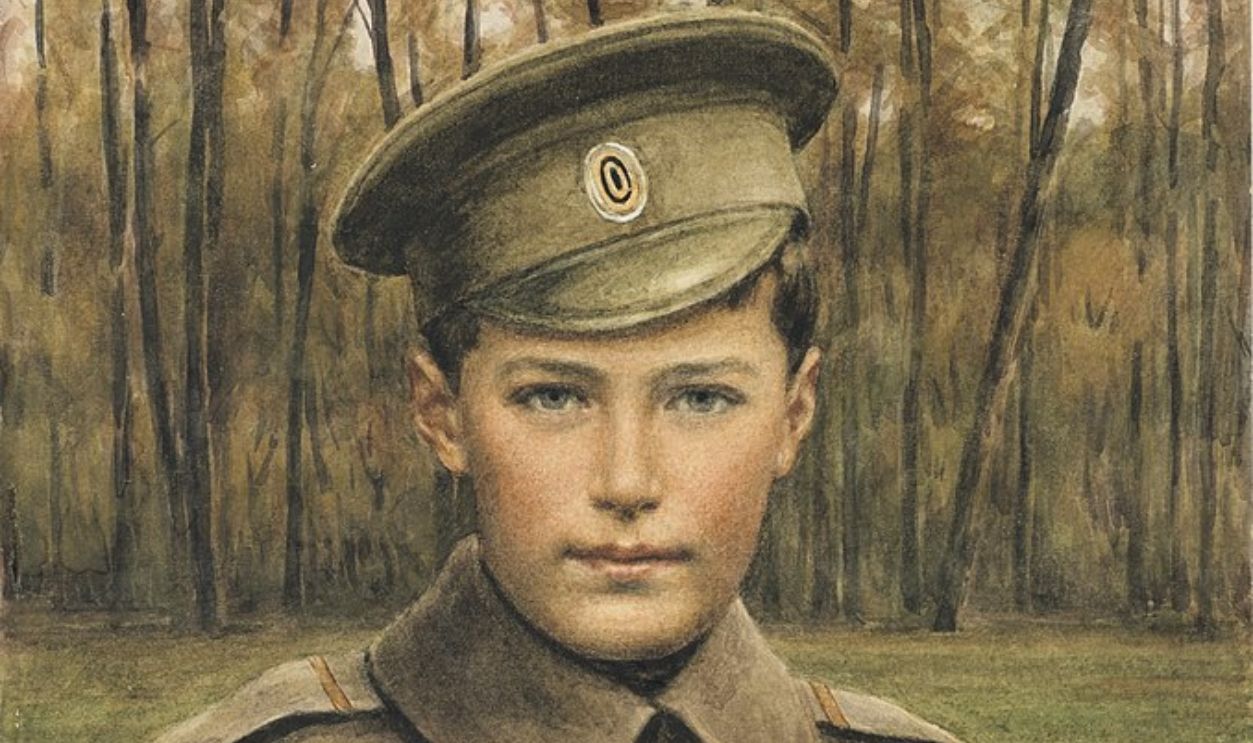 Anonymous Russian Painter, Wikimedia Commons
Anonymous Russian Painter, Wikimedia Commons
Rasputin To The Rescue?
Desperate to save Alexei, Alexandra turned to Grigory Rasputin, a mystic healer. While Rasputin's methods were questionable, his apparent success in "healing" Alexei earned him Alexandra's trust. His growing influence caused rumors of scandal, even suggesting he had undue control over Alexandra and the tsar. Draaamaa.
Rasputin's Exile
In 1910, Pyotr Stolypin (former PM) investigated Rasputin and presented the findings to Nicholas II. Although Nicholas refused to take action, Stolypin ordered Rasputin to leave St. Petersburg. Rasputin's death in 1916 was as dramatic as his life: after poison failed to kill him, he was shot and dumped into the freezing Neva River.
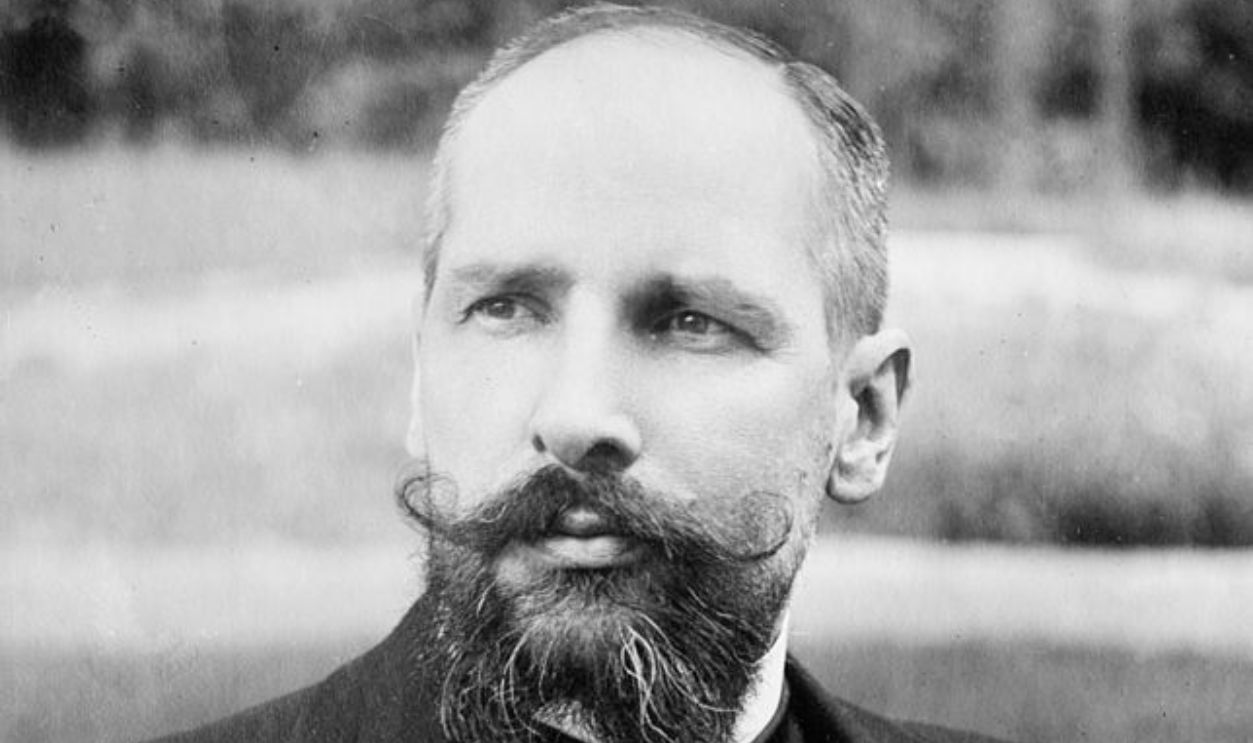 Unknown Author, Wikimedia Commons
Unknown Author, Wikimedia Commons
Tatiana And Olga Witness An Assassination
In 1911, Grand Duchesses Tatiana and Olga accompanied their father to the Kiev Opera House, where they witnessed Prime Minister Pyotr Stolypin's assassination. The PM did not die on the spot but later, after four days, as his condition kept getting worse.
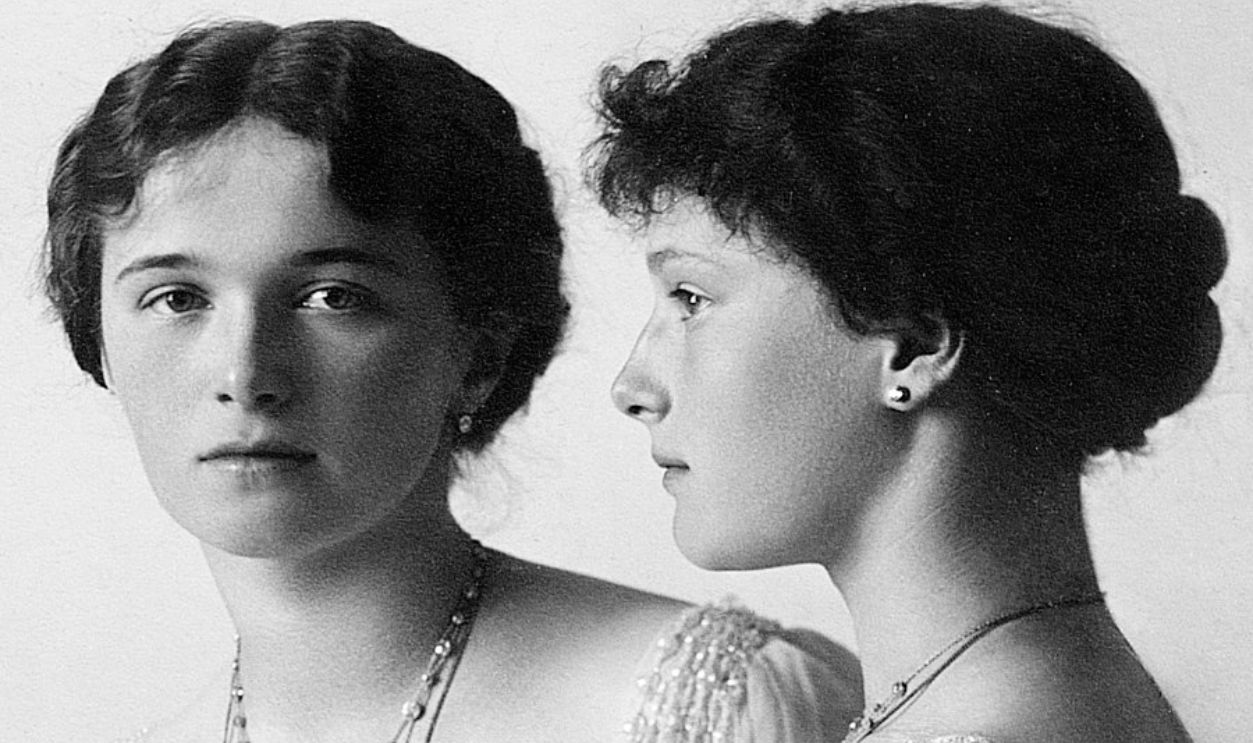 Atelier Boasson and Eggler St. Petersburg Nevsky 24., Wikimedia Commons
Atelier Boasson and Eggler St. Petersburg Nevsky 24., Wikimedia Commons
House Of Special Purpose
The Romanovs spent their final days in the Ipatiev House, ominously dubbed the "House of Special Purpose". Guarded by 300 men, the house was surrounded by a wooden fence, its windows covered to isolate the family completely. By July 1917, the Romanovs were forced to live as commoners and under guard.
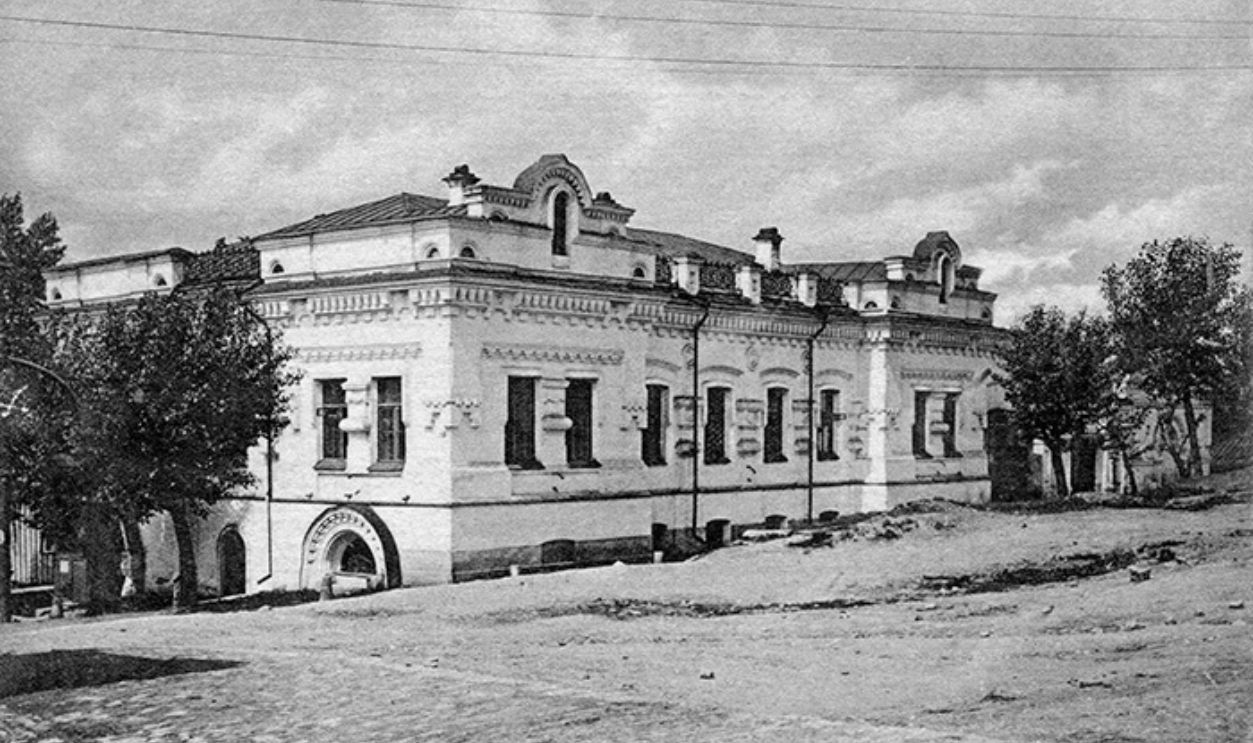 N. Tatarchenko, Wikimedia Commons
N. Tatarchenko, Wikimedia Commons
Nicholas II's Heartbreaking Abdication
When Nicholas II abdicated on March 15, 1917, he wrote, "All around me there is treachery, cowardice, and deceit" in his diary. His resignation marked the end of a 300-year dynasty and the fall of imperial Russia.
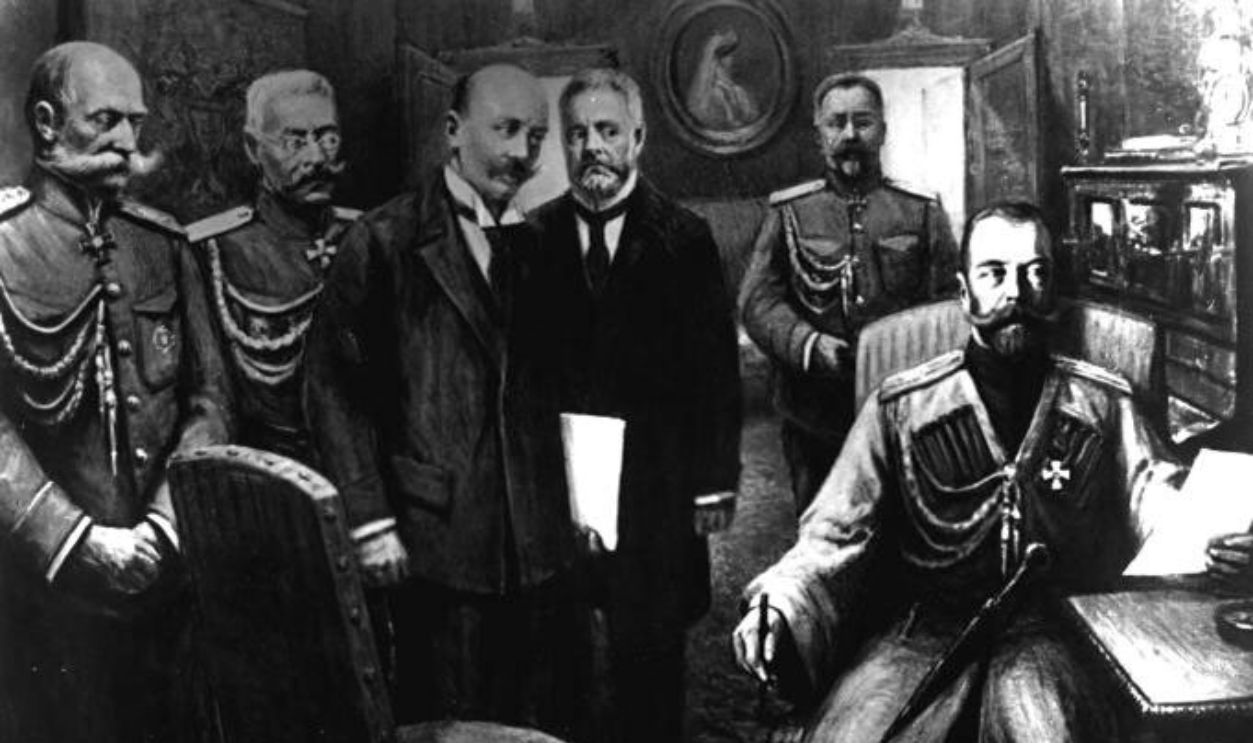 Unknown Author, Wikimedia Commons
Unknown Author, Wikimedia Commons
A Rejected Asylum Request
Nicholas II asked Britain to grant his family asylum after his abdication. Although initially agreed upon, King George V later withdrew the offer, fearing public backlash during WWI. This was because Britain was fighting against Germany, and Tsarina Alexandra was German.
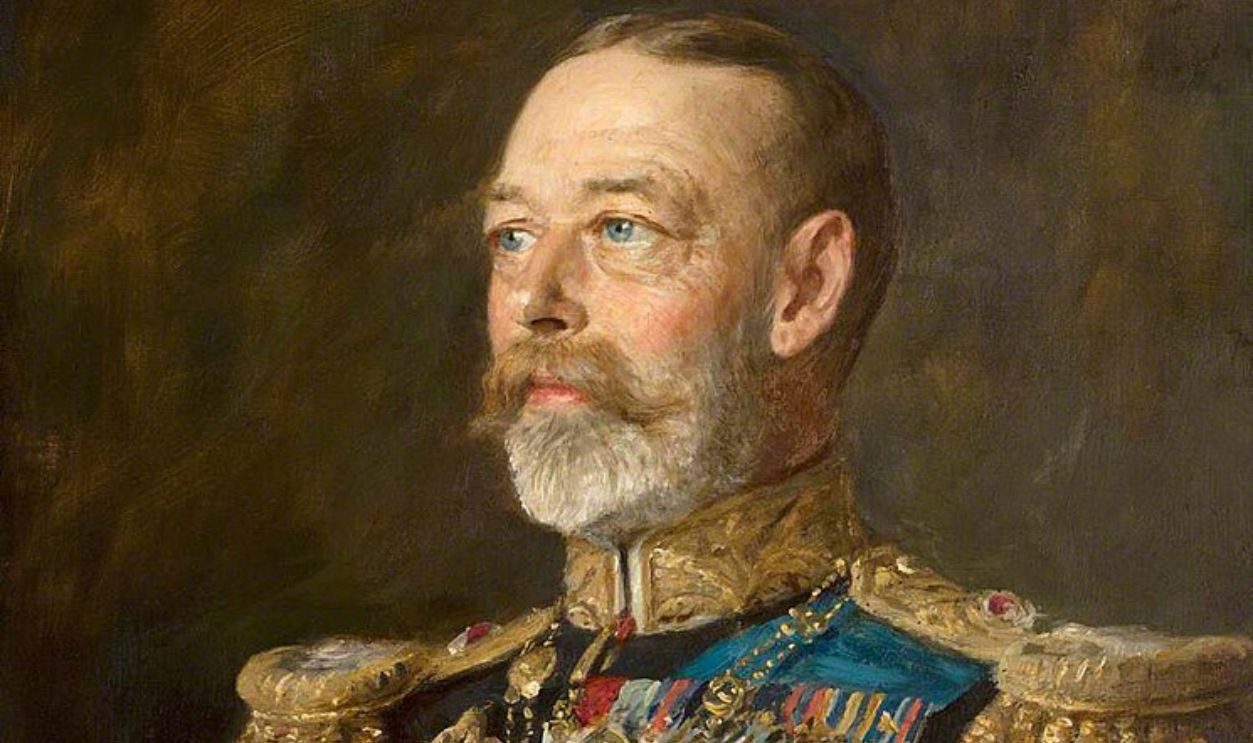 Arthur Stockdale Cope, Wikimedia Commons
Arthur Stockdale Cope, Wikimedia Commons
Family Resemblance
Nicholas II and Britain's King George V were first cousins, as both descended from Queen Victoria, and their mothers were sisters. They bore an uncanny resemblance to each other. But, the family ties weren't strong enough to save the Romanovs from their fate.
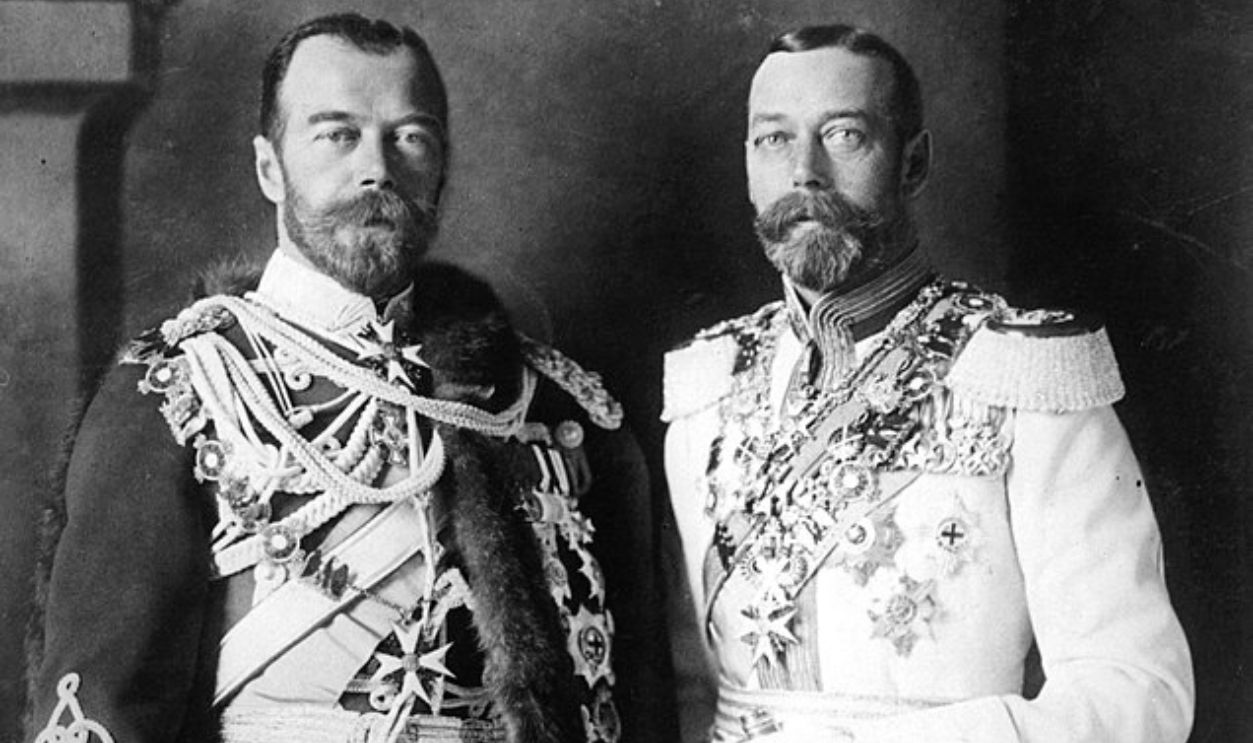 Ernst Sandau, Wikimedia Commons
Ernst Sandau, Wikimedia Commons
The Dark Night Of July 17, 1918
On a grim July night, the Romanovs were led to a basement, supposedly for a picture. Instead, a firing squad awaited, and chaos erupted as bullets ricocheted off the daughters' jewel-filled corsets. The killers used bayonets to finish what their guns couldn't.
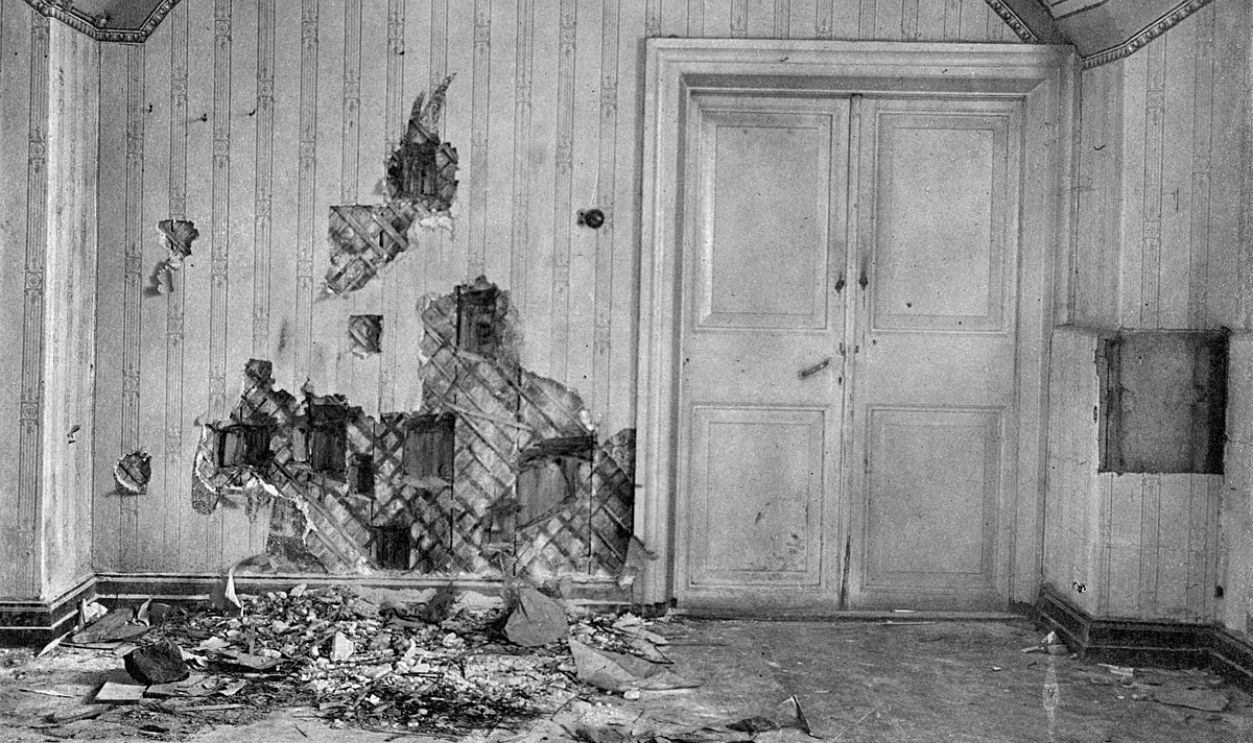 Unknown Author, Wikimedia Commons
Unknown Author, Wikimedia Commons
Jewels As Armor
The Romanov daughters had sewn their priceless jewelry into their corsets, hoping to keep them safe. Ironically, the jewels deflected bullets during their execution. However, it did not save them; instead, all it did was prolong their suffering.
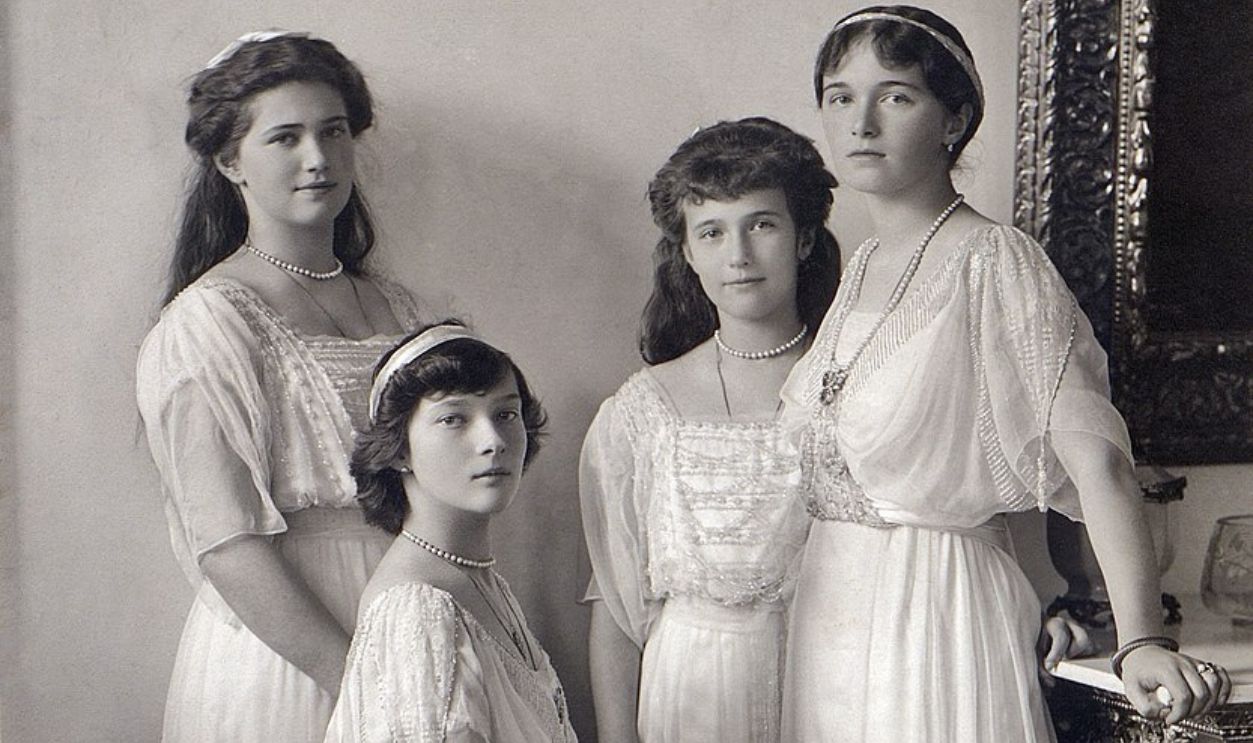 Boasson and Eggler St. Petersburg Nevsky 24., Wikimedia Commons
Boasson and Eggler St. Petersburg Nevsky 24., Wikimedia Commons
Alexei's Dog: Joy
Anastasia, Tatiana, and their little brother Alexei had all taken their dogs along with them to the basement. Out of the 3, only Alexei's dog, Joy, survived the family's murder. Rescued by a soldier, the loyal spaniel was taken to England, living out its days at Windsor Castle.
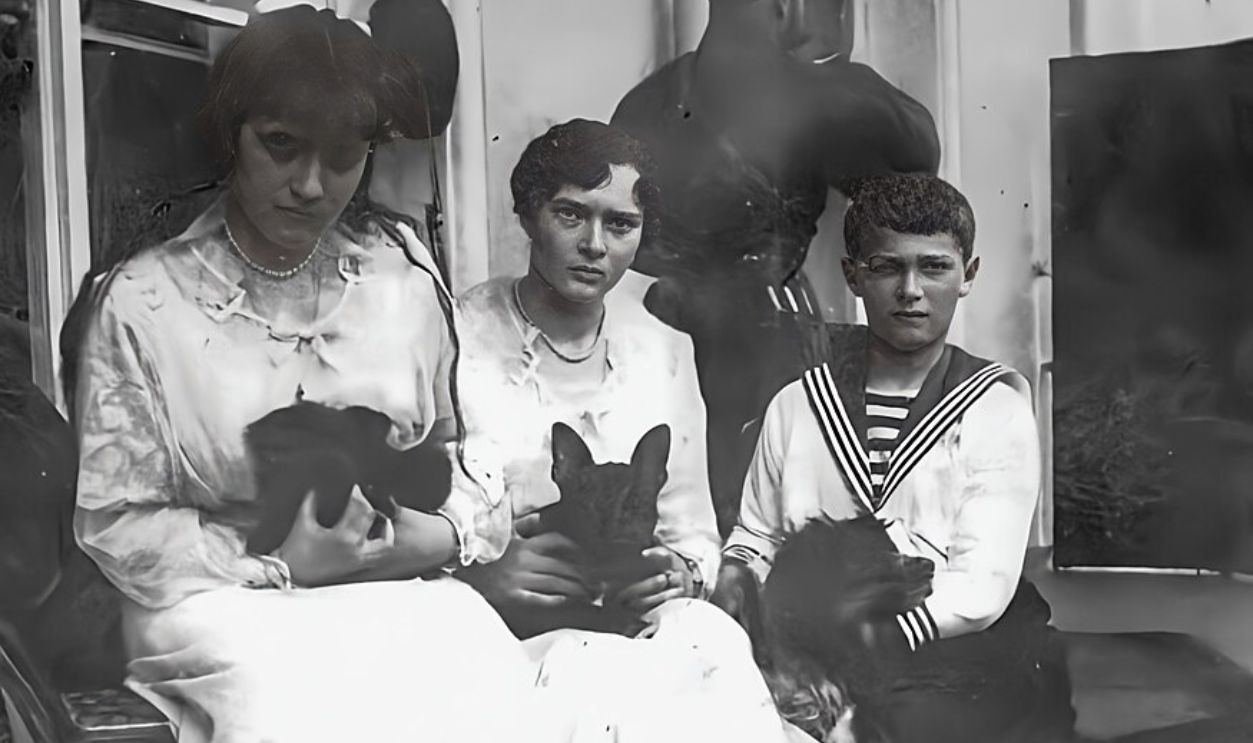 The Siberian Times, Wikimedia Commons
The Siberian Times, Wikimedia Commons
Romanov Exile
After the royal family's execution, 47 surviving Romanov relatives fled into exile. This included Maria Feodorovna (Nicholas' mom), her daughters Xenia and Olga, and their husbands, Andrew Romanov (Xenia's son), etc. The dynasty's remaining members spread across Europe, living quiet lives far from their once-glorious empire.
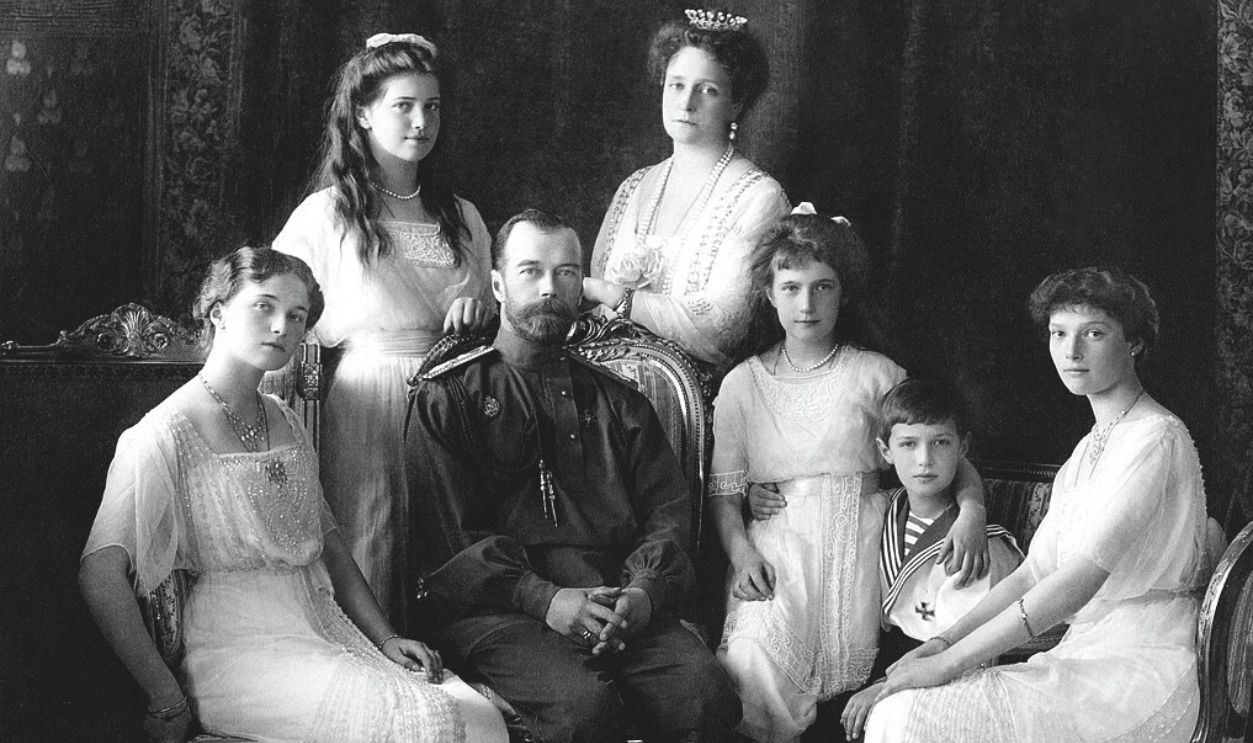 Boasson and Eggler St. Petersburg Nevsky 24., Wikimedia Commons
Boasson and Eggler St. Petersburg Nevsky 24., Wikimedia Commons
The Mass Grave Discovery
In the 1970s, Dr. Alexander Avdonin discovered a mass grave containing most of the Romanovs. Fearing Soviet repercussions, he kept it a secret until 1991. It was revealed that after the execution, the killers had hastily buried the Romanovs in shallow graves, and acid was poured on the bodies to prevent identification.
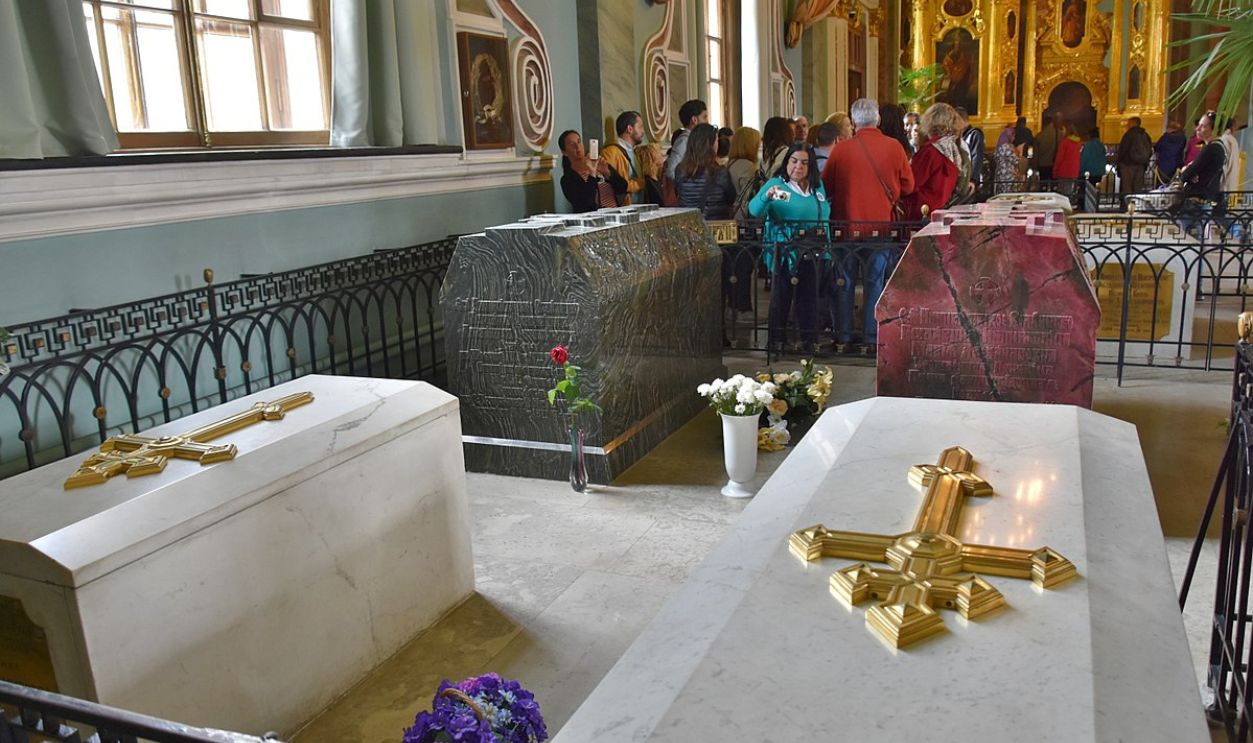 Richard Mortel, CC BY 2.0, Wikimedia Commons
Richard Mortel, CC BY 2.0, Wikimedia Commons
Missing Romanov Children
In the graves found, two children were unaccounted for. They were Alexei and either Anastasia or Maria. This sparked worldwide rumors of survival, with countless imposters, including the famous Anna Anderson, claiming to be Anastasia.
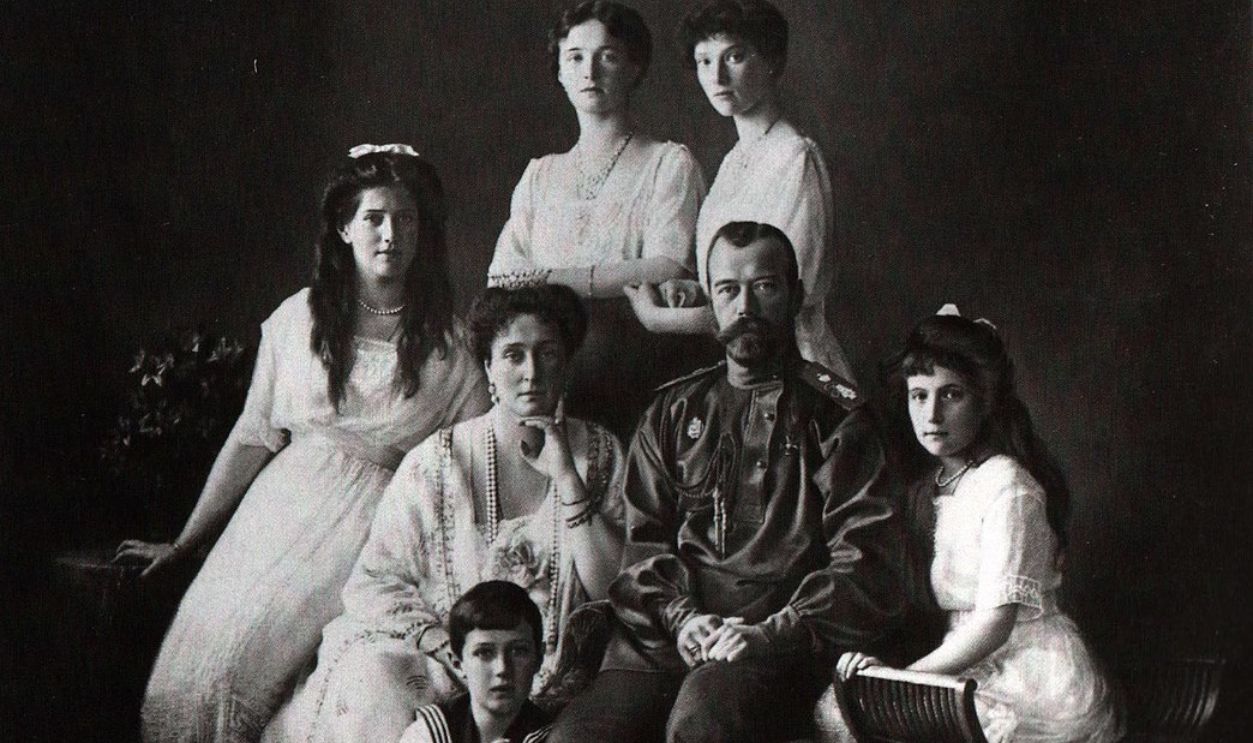 Boasson and Eggler St. Petersburg Nevsky 24., Wikimedia Commons
Boasson and Eggler St. Petersburg Nevsky 24., Wikimedia Commons
Anna Anderson's Wild Claim
In 1920, a mysterious woman named Anna Anderson appeared in Berlin, claiming to be Anastasia, the youngest Romanov daughter. She said she survived the massacre thanks to a sympathetic guard. Despite her decades-long campaign for recognition, DNA testing later proved she had no connection to the Romanovs.
The Final Pieces Of The Puzzle
In 2007, amateur archaeologists discovered the graves of Alexei and one of his sisters 70 feet away from the one containing the rest of the family. Among the remains, Alexei's molars stood out. The presence of amalgam fillings—an expensive rarity at the time—confirmed his aristocratic status.
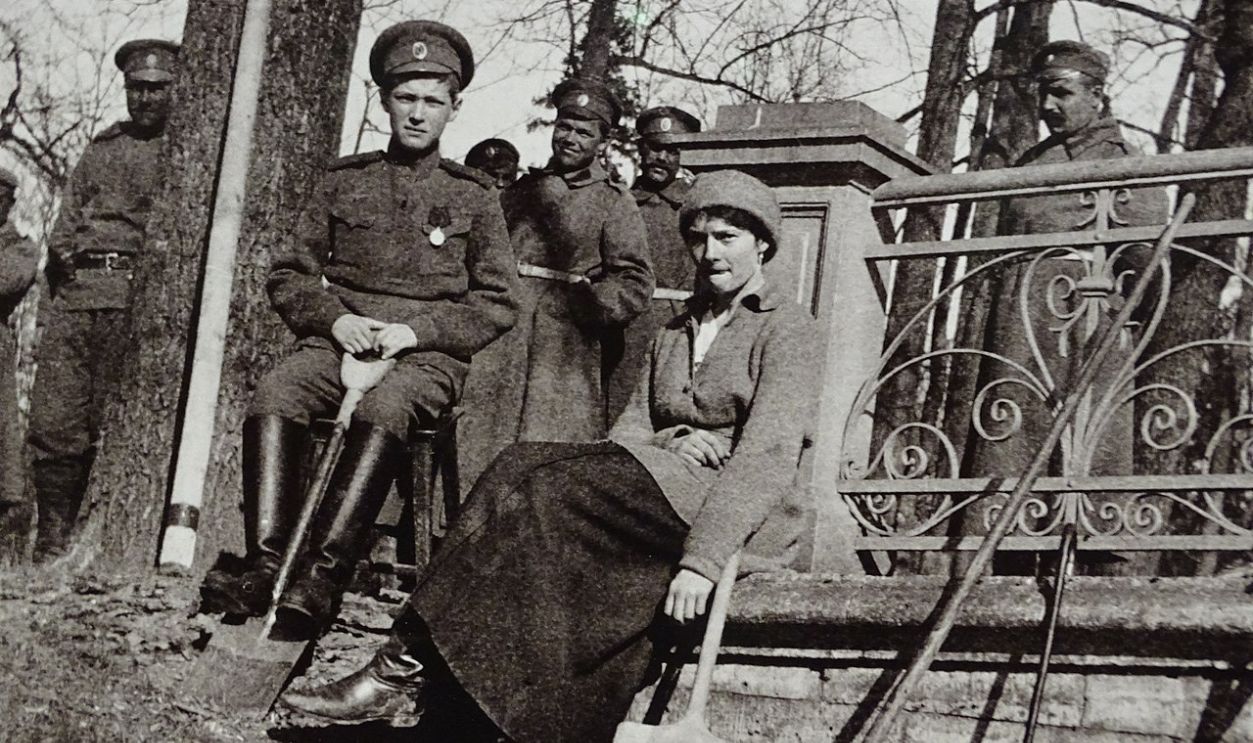 Underwood & Underwood, Wikimedia Commons
Underwood & Underwood, Wikimedia Commons
The Church Declares Them Saints
In 2000, the Russian Orthodox Church canonized the Romanovs as "passion bearers," honoring their faith and acceptance of their death. Earlier, in 1981, the Romanovs had already been declared saints by the Russian Orthodox Church Abroad.
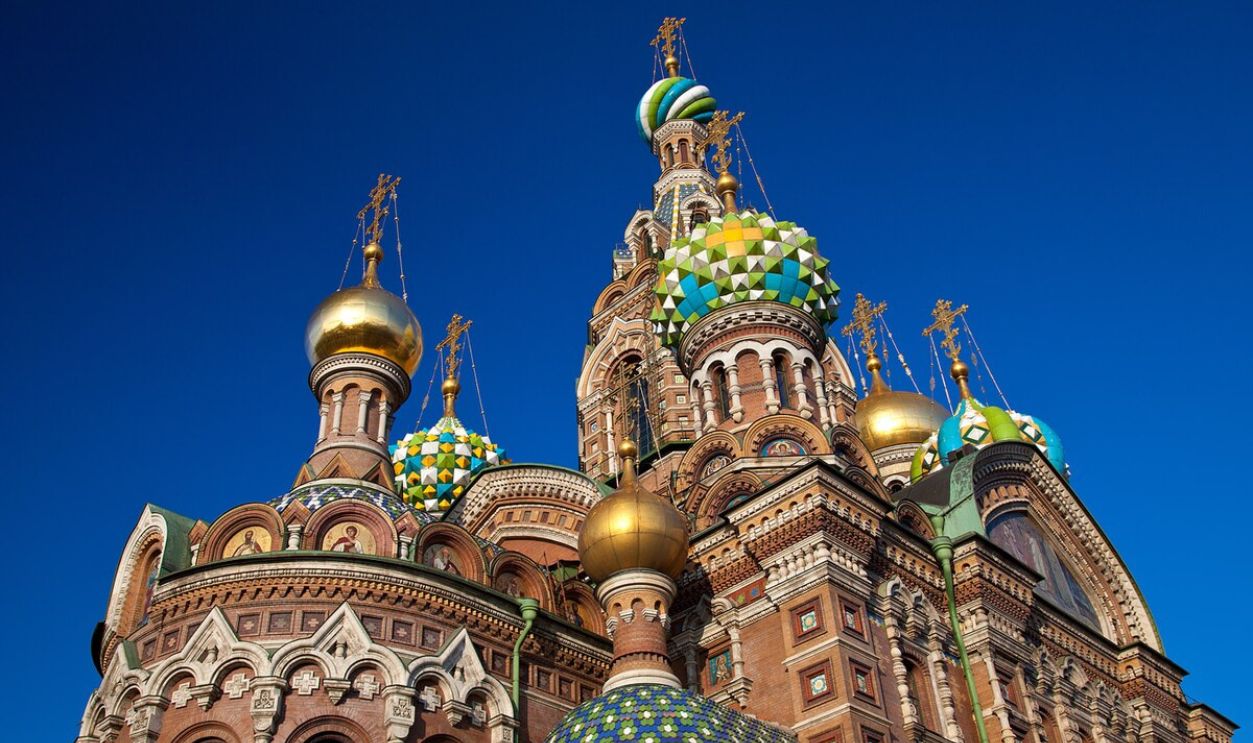 Svein-Magne Tunli - tunliweb.no, CC BY-SA 4.0, Wikimedia Commons
Svein-Magne Tunli - tunliweb.no, CC BY-SA 4.0, Wikimedia Commons
Holy Relics And Burial Controversy
Because the Romanovs were deemed holy martyrs, their remains became sacred relics. This complicated traditional burial plans. Orthodox tradition forbids conventional funerals for saints, leading to debates over how to honor their remains properly. It's possible that the Church still doesn't recognize the DNA findings.
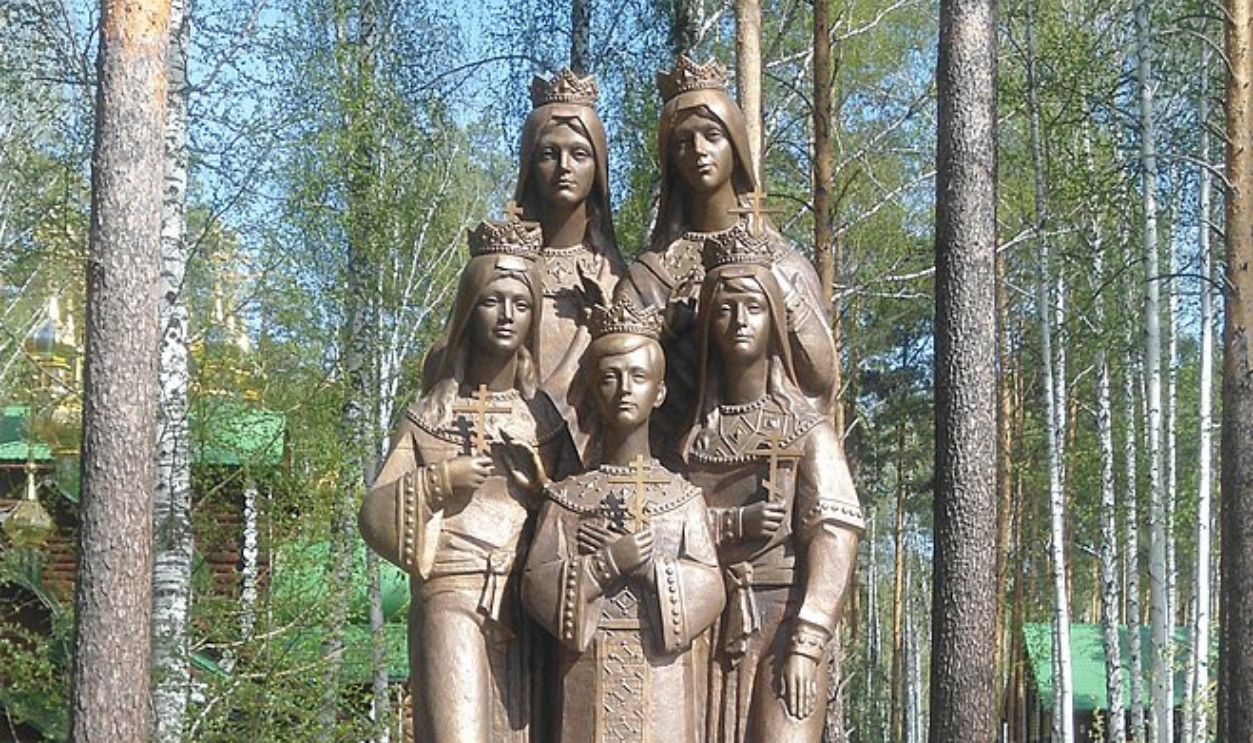 Keith Ruffles, CC BY 3.0, Wikimedia Commons
Keith Ruffles, CC BY 3.0, Wikimedia Commons
The English Tutor's POV
Charles Sydney Gibbes, an English tutor to the Romanov children, stayed with the family even after their exile to Siberia. In 1918, he became one of the first foreigners to visit the scene of their execution. His diary, now in the Bodleian Library, offers rare insights into their lives during captivity.
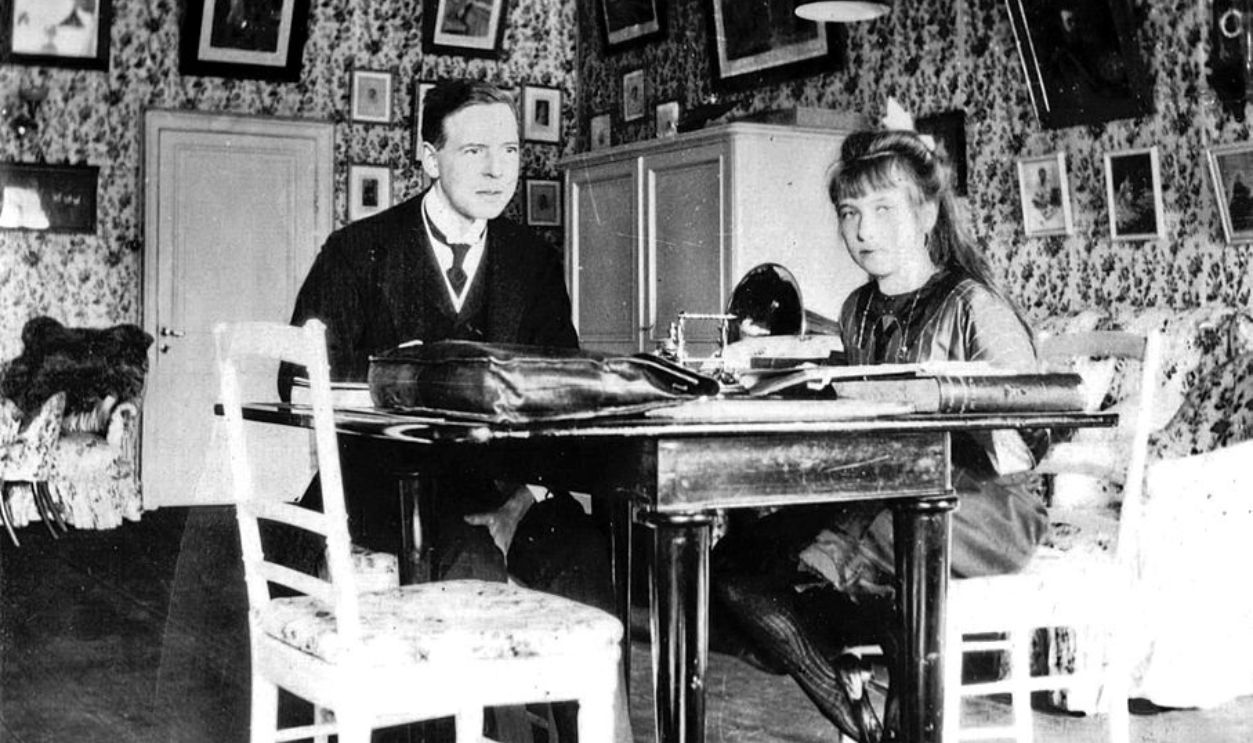 Romanov family, Wikimedia Commons
Romanov family, Wikimedia Commons
Nicholas II's Tattoo
During a visit to Japan, Nicholas II got a dragon tattoo on his forearm. The artwork, which took seven hours to complete, was created by Hori Chyo—a famous Japanese tattoo artist. Interestingly, his cousin George V also got a dragon tattoo during a trip to Japan.
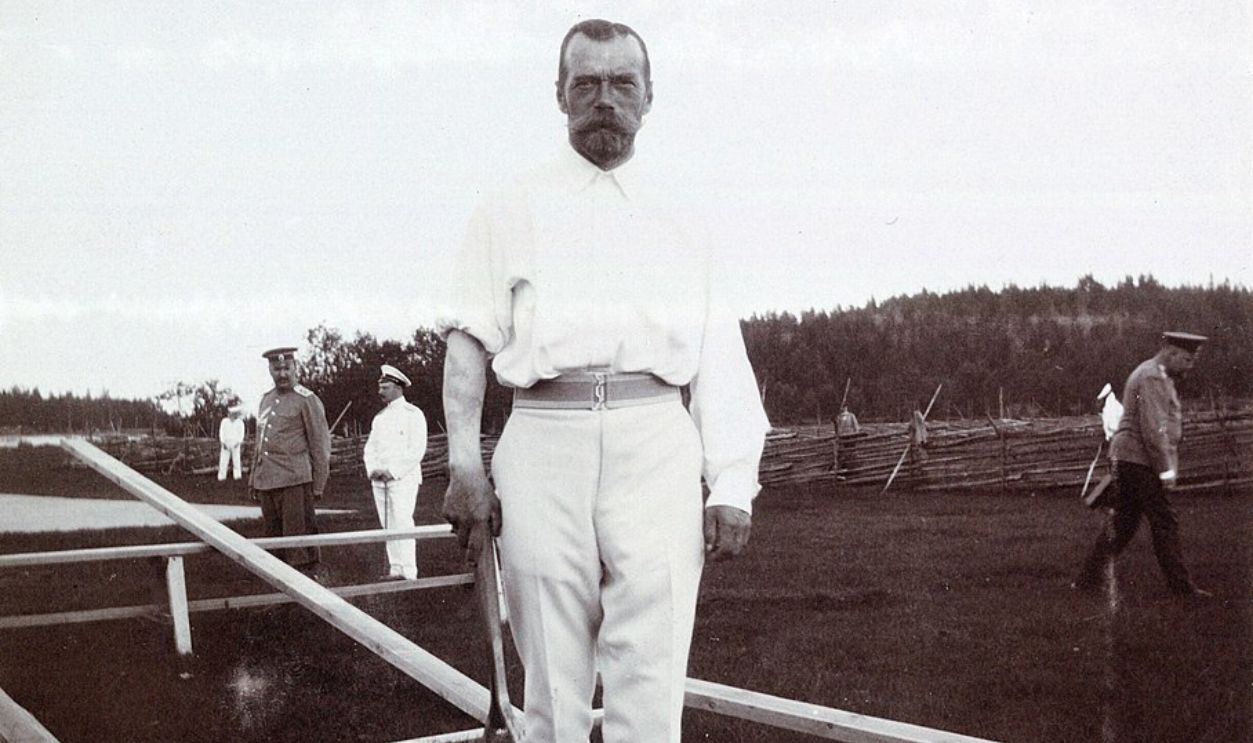 Unknown Author, Wikimedia Commons
Unknown Author, Wikimedia Commons
The Otsu Incident
Japan was a… happening time for Nicholas II. The Tsar survived a hit taken out on him by a police officer wielding a sword while he was there. The attack left him with a scar on his forehead. So, technically, he had two scars upon his return to Russia—only one unsolicited.
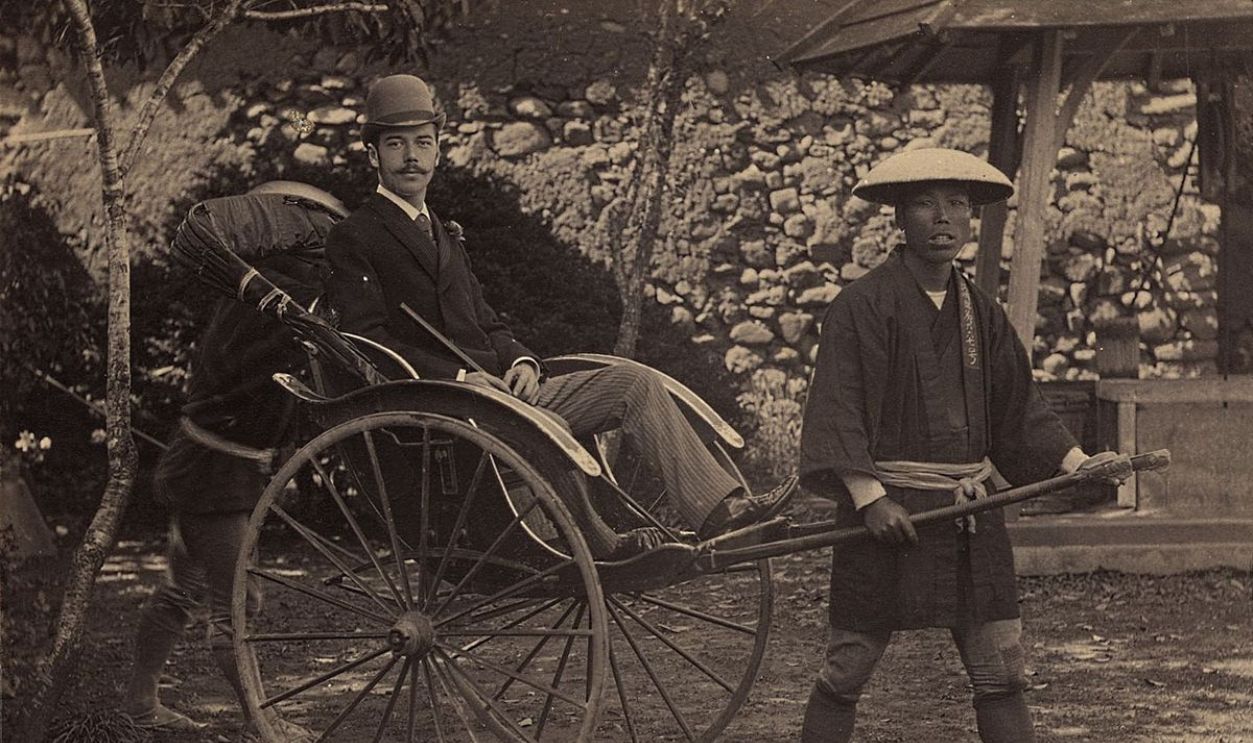 Nagasaki City Library Archives, Wikimedia Commons
Nagasaki City Library Archives, Wikimedia Commons
Literary Royal Patrons
Classic Russian literature thrived thanks to Romanov patronage. Authors like Leo Tolstoy and Fyodor Dostoevsky were supported by the tsars. Their encouragement helped Russian literature become what it is today.
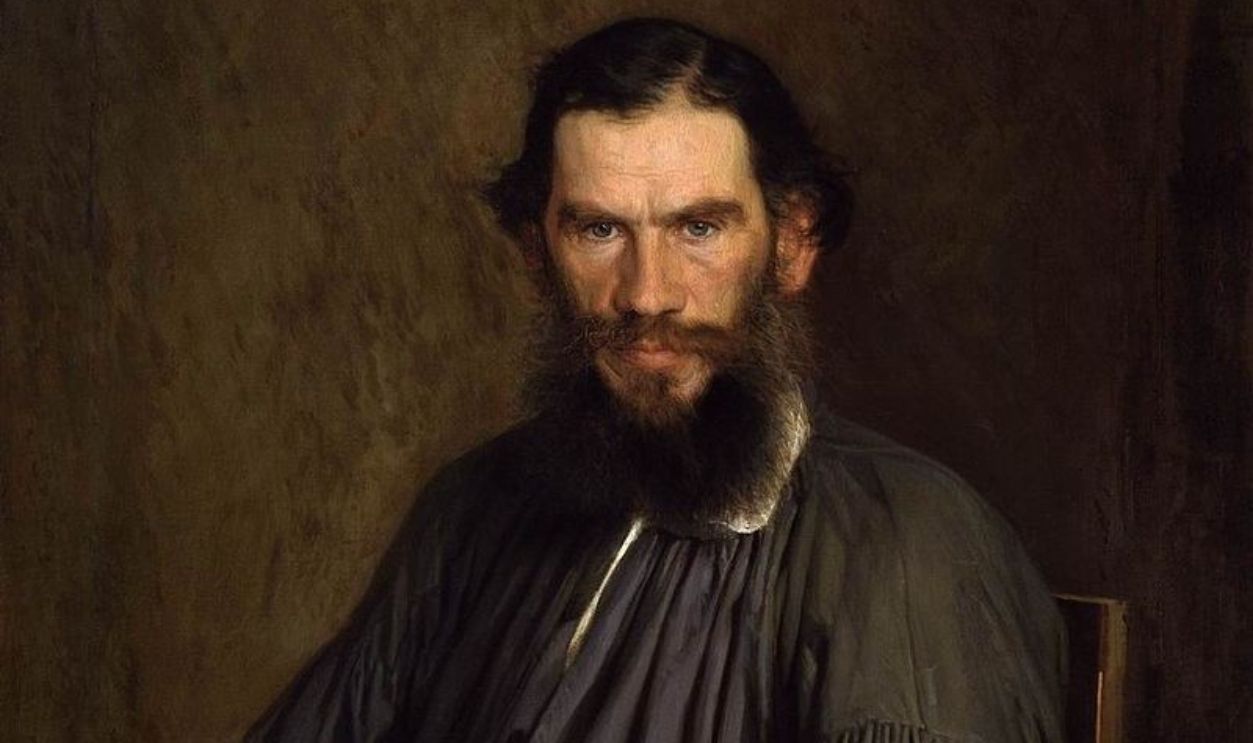 Ivan Kramskoi, Wikimedia Commons
Ivan Kramskoi, Wikimedia Commons
More German Than Russian
The Romanov Dynasty was dominated by generations of German princesses who married into the Romanov family. By the end, its rulers were almost entirely German by ancestry. The last tsar, Nicholas II, was only 1/128 Russian. Alexei, his son, was 1/256 Russian genetically.
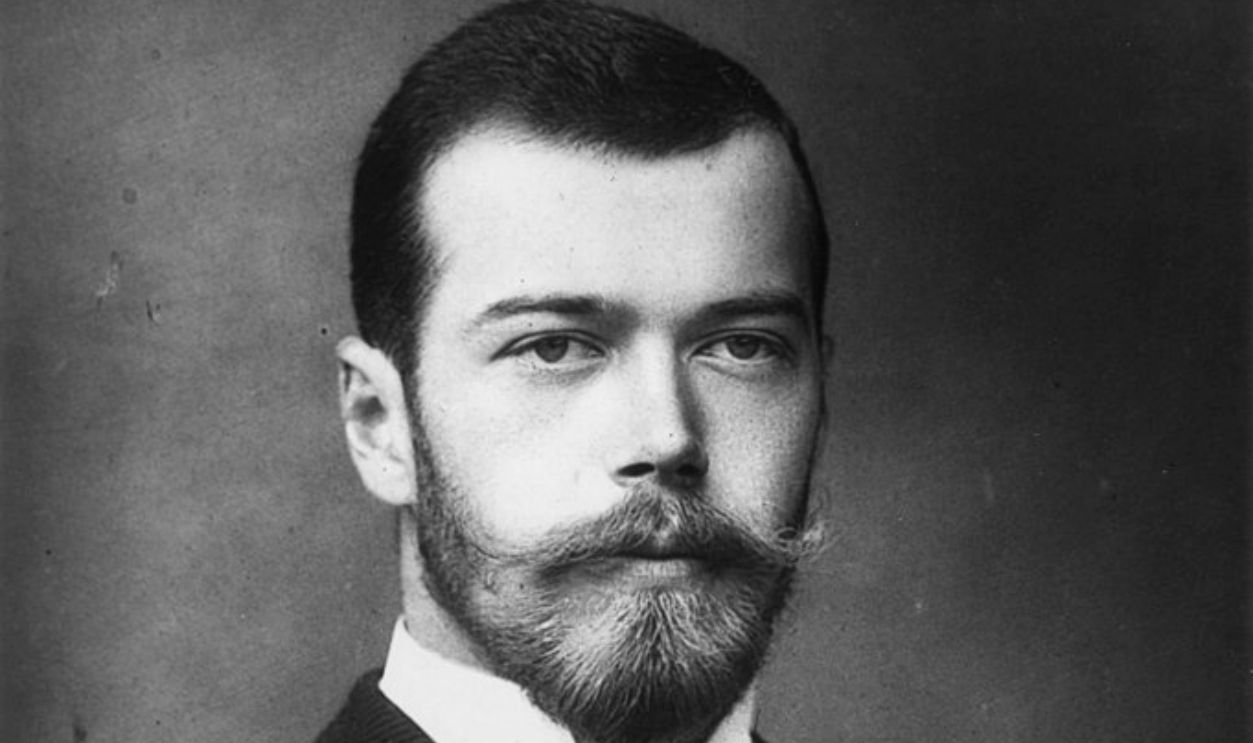 Gustav Mullins, Wikimedia Commons
Gustav Mullins, Wikimedia Commons
Blockbusters And Broadway
The Romanovs' tragic tale has inspired blockbuster movies, like the animated Anastasia (1997) and even a Broadway musical of the same name. These stories, though fictionalized, have kept the Romanovs in the public imagination for decades. And people continue to be sympathetic towards their tragedy.
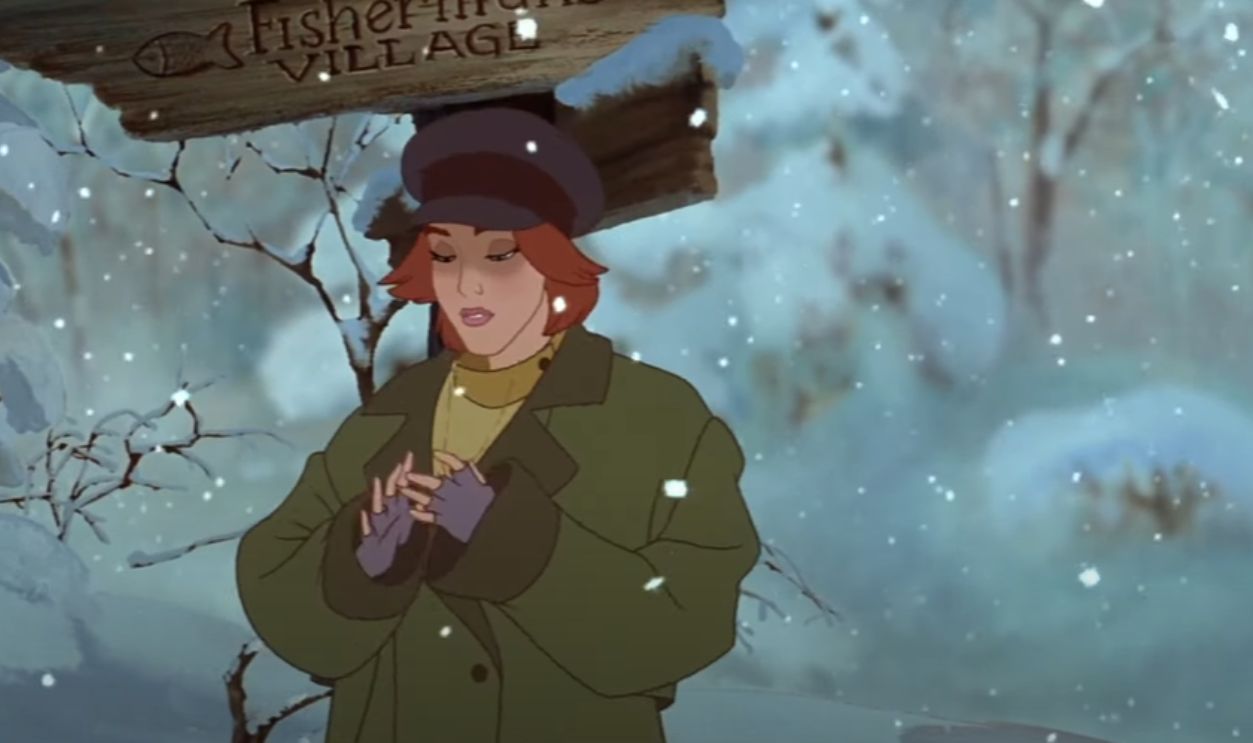 ANASTASIA Clip - Crossroads (1997) Meg Ryan by JoBlo Animated Videos
ANASTASIA Clip - Crossroads (1997) Meg Ryan by JoBlo Animated Videos

